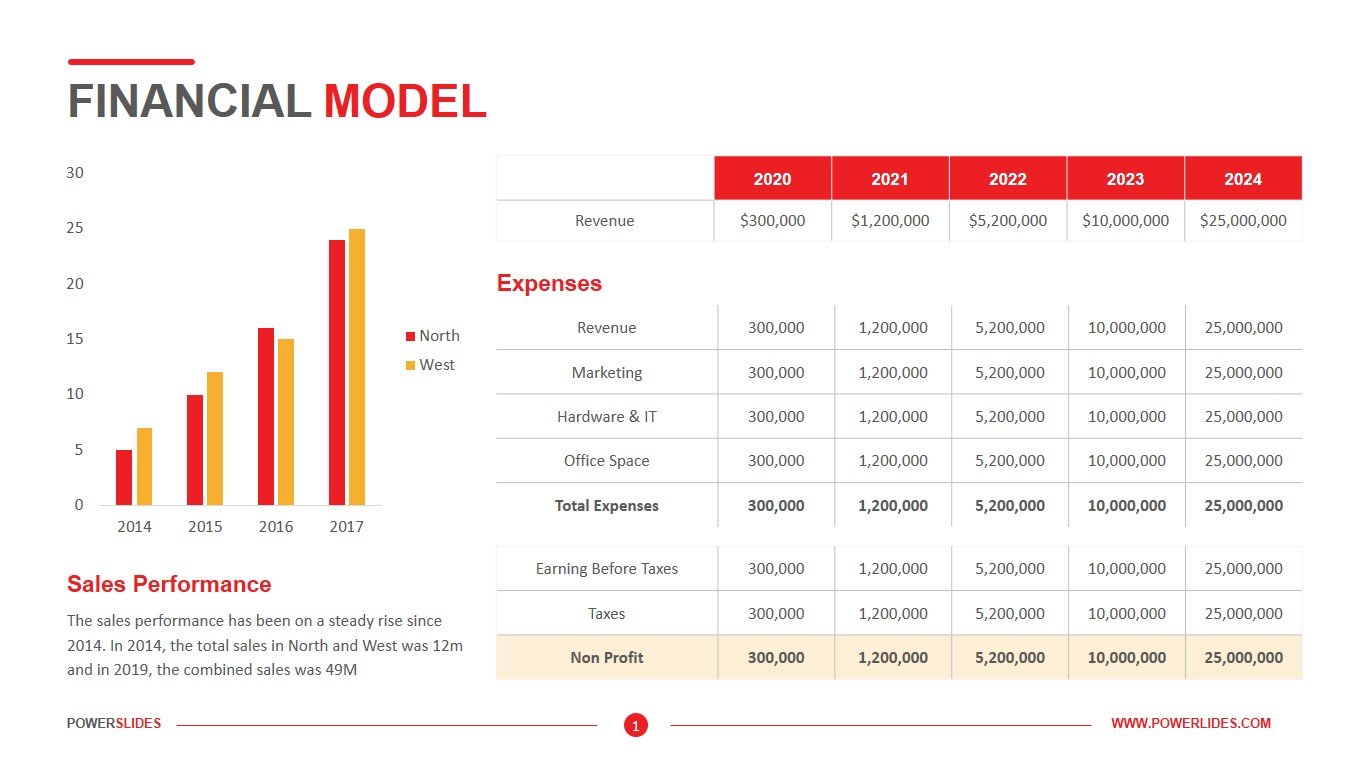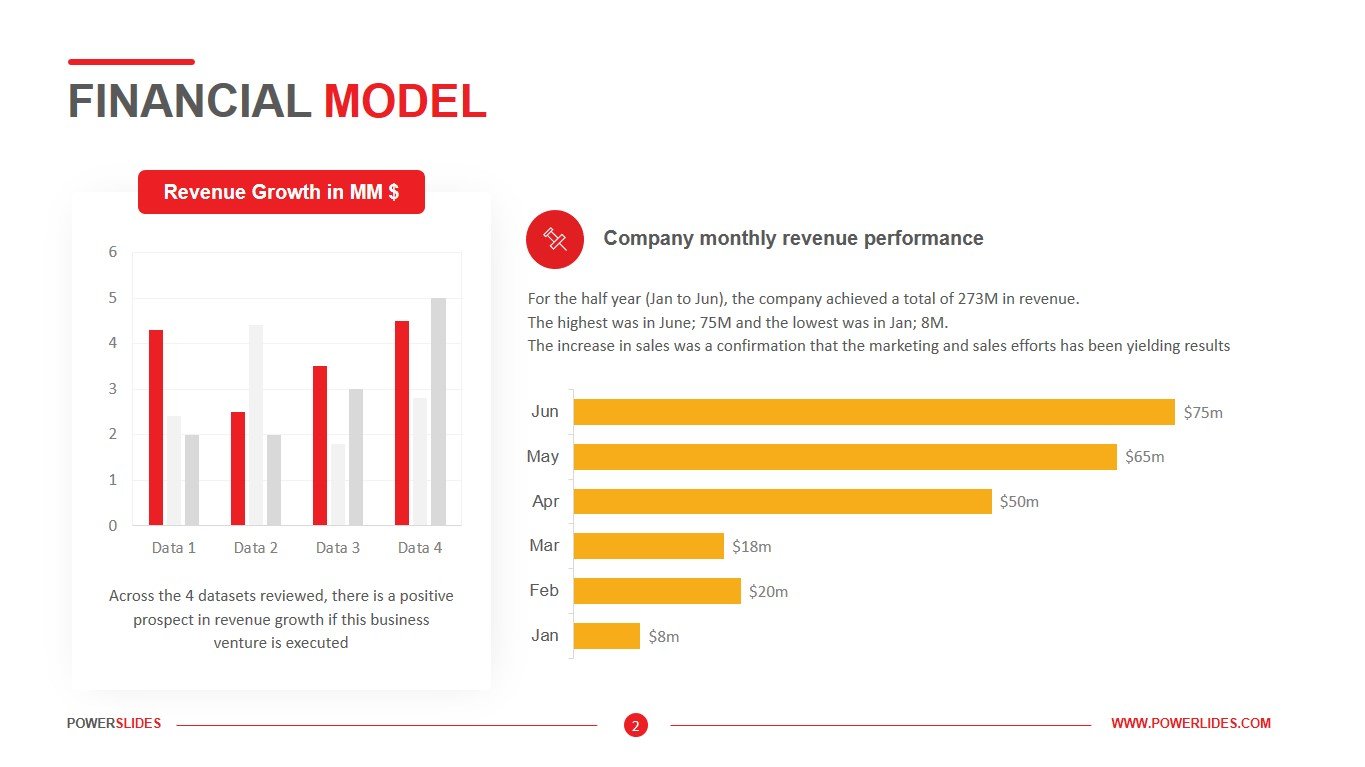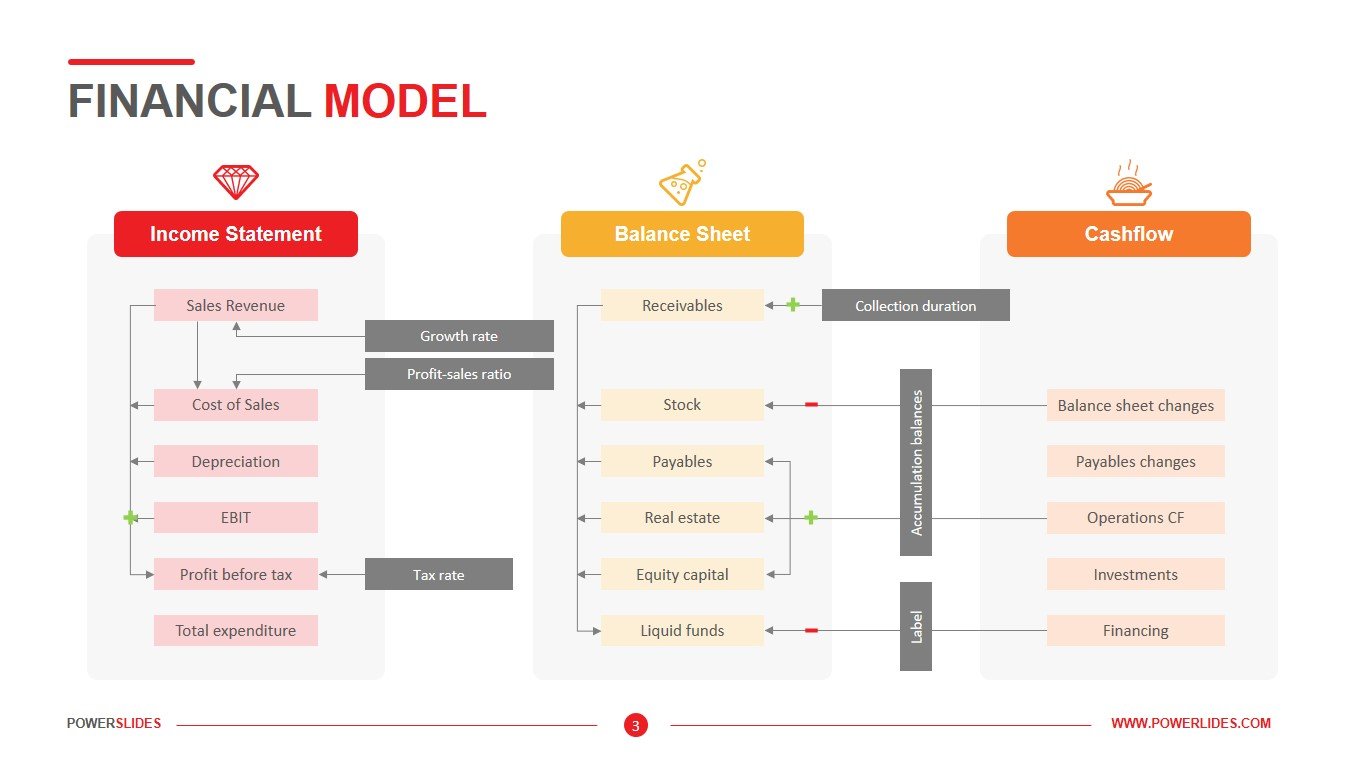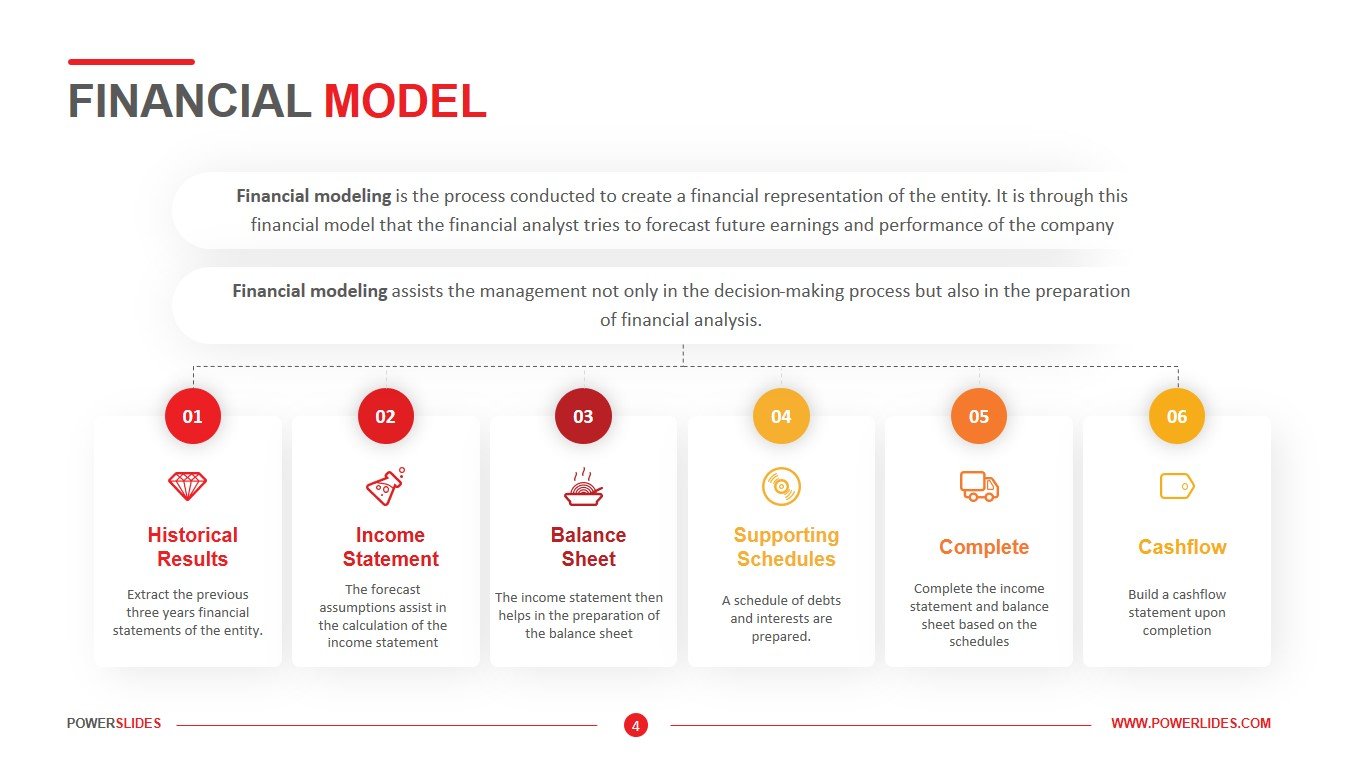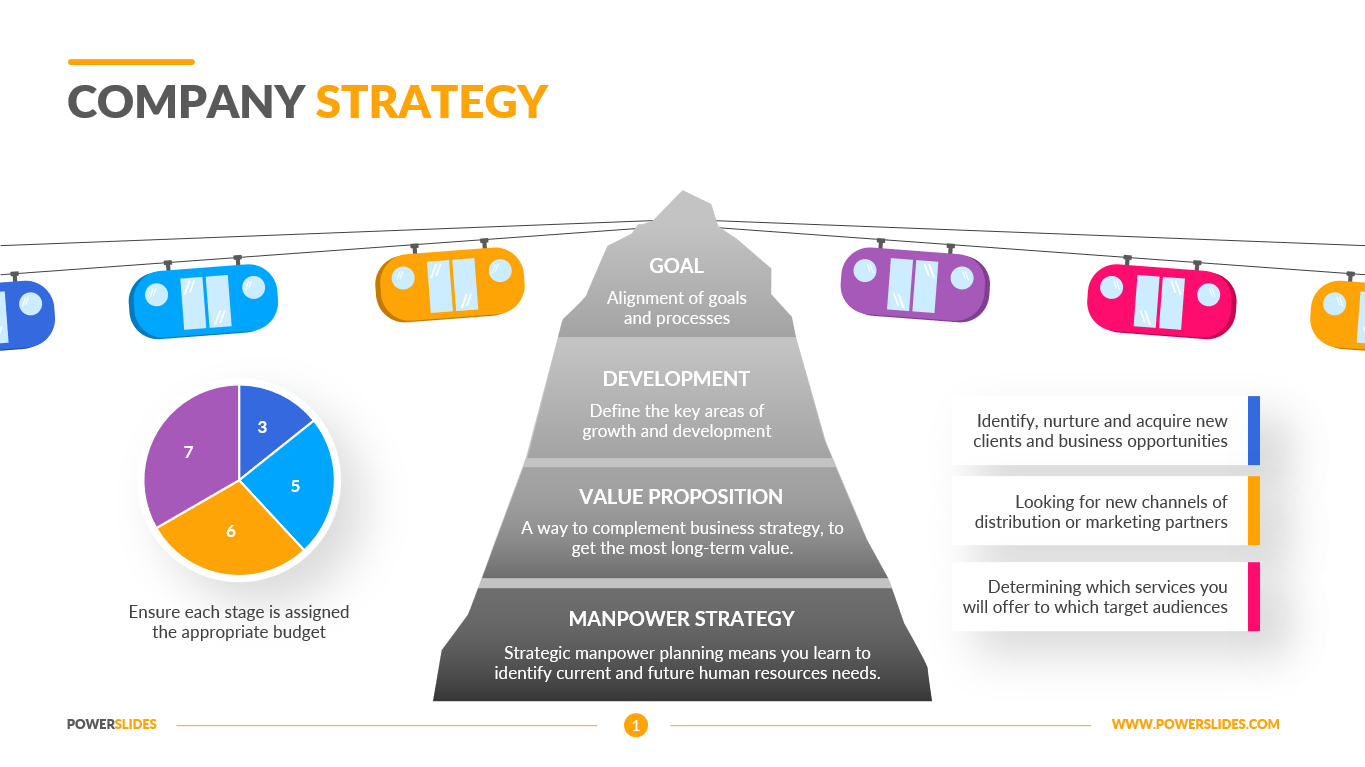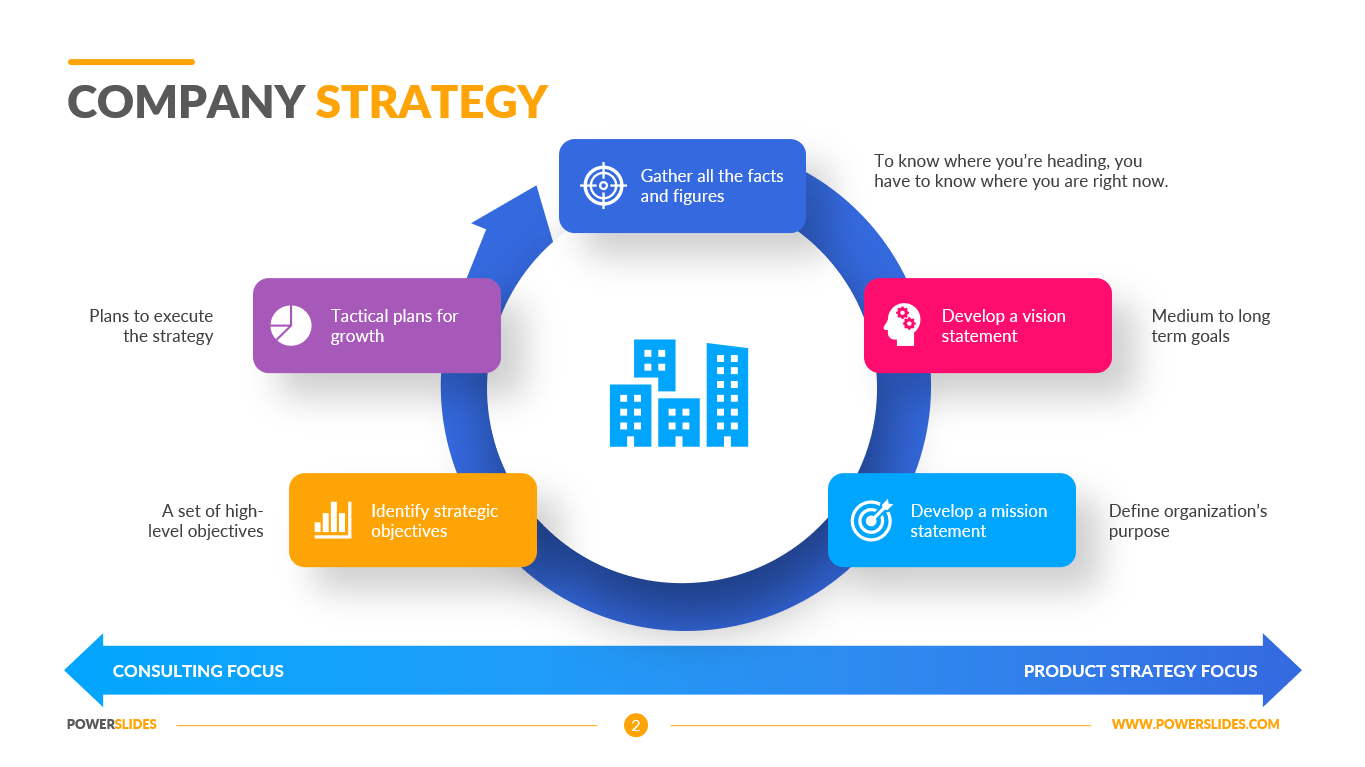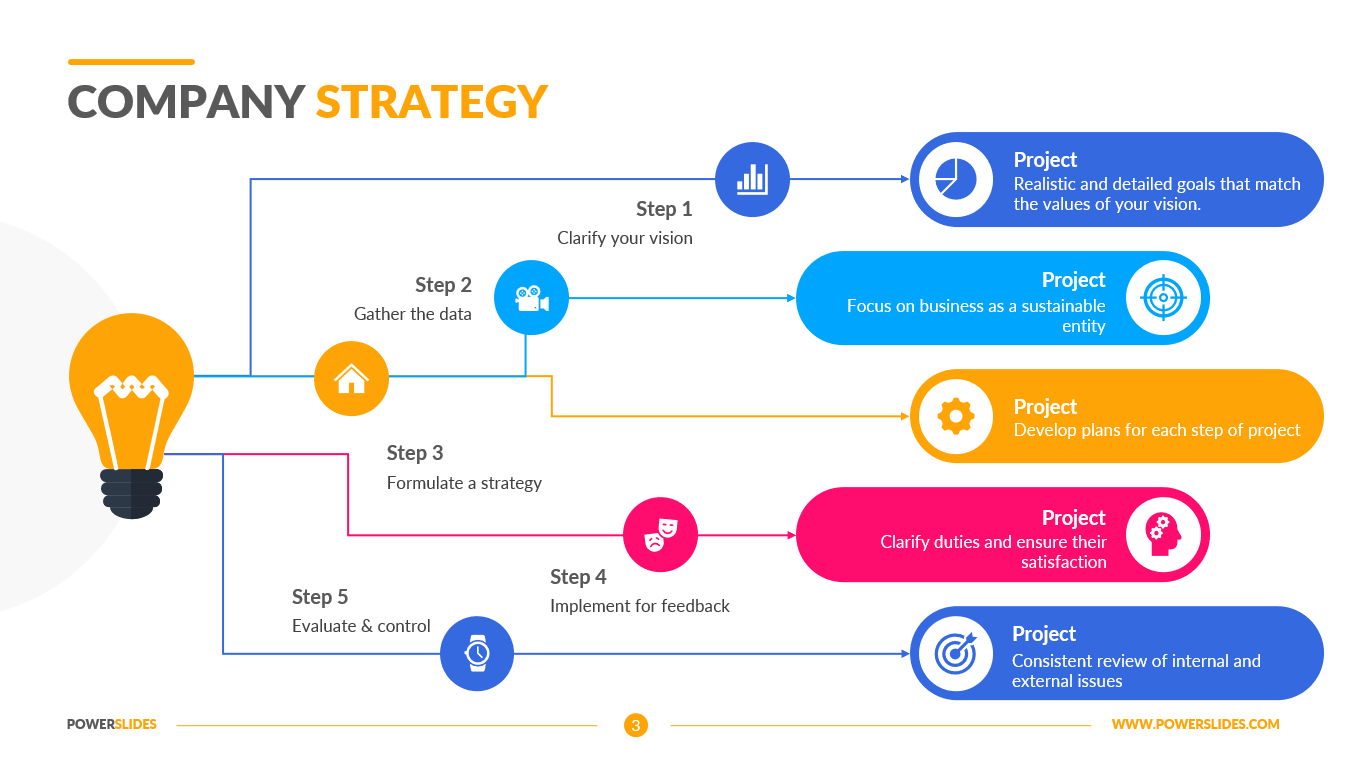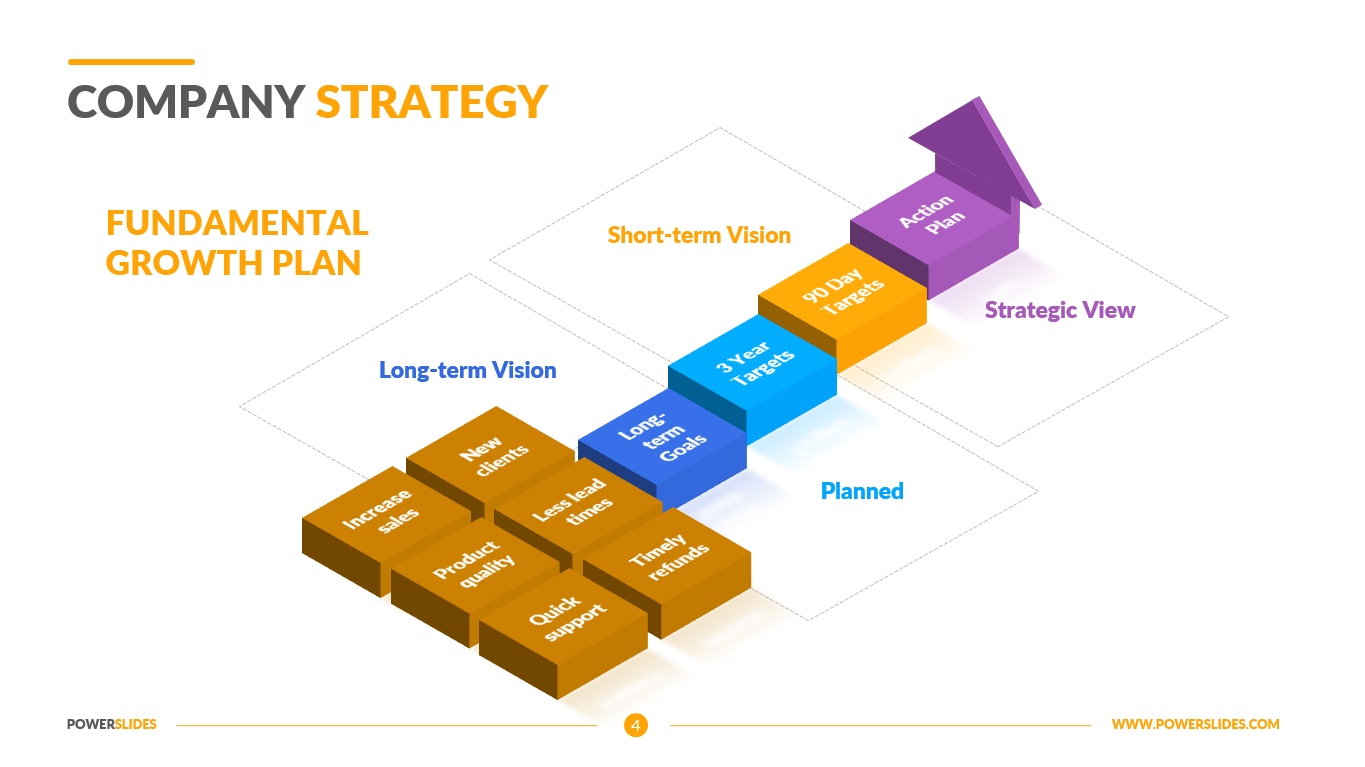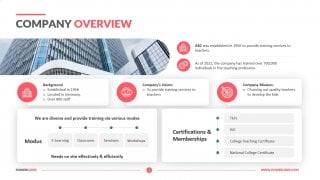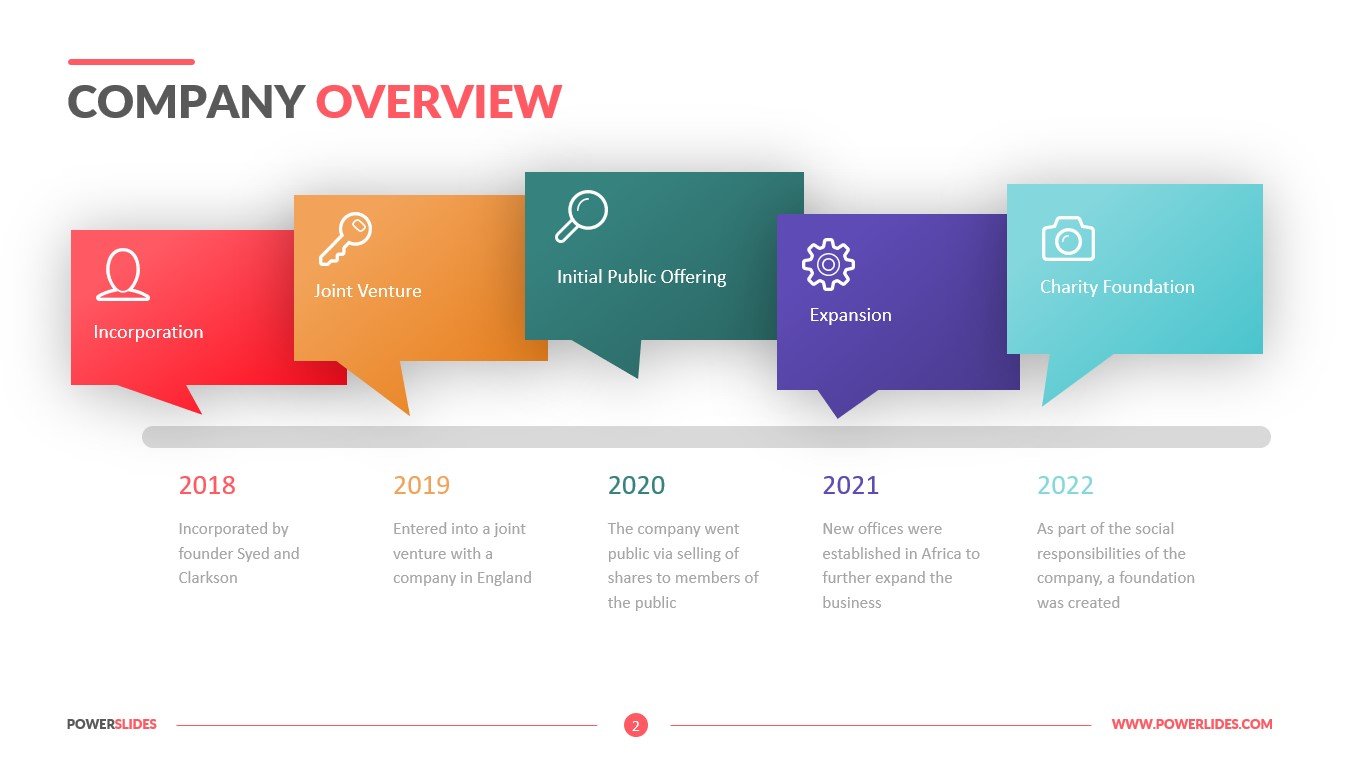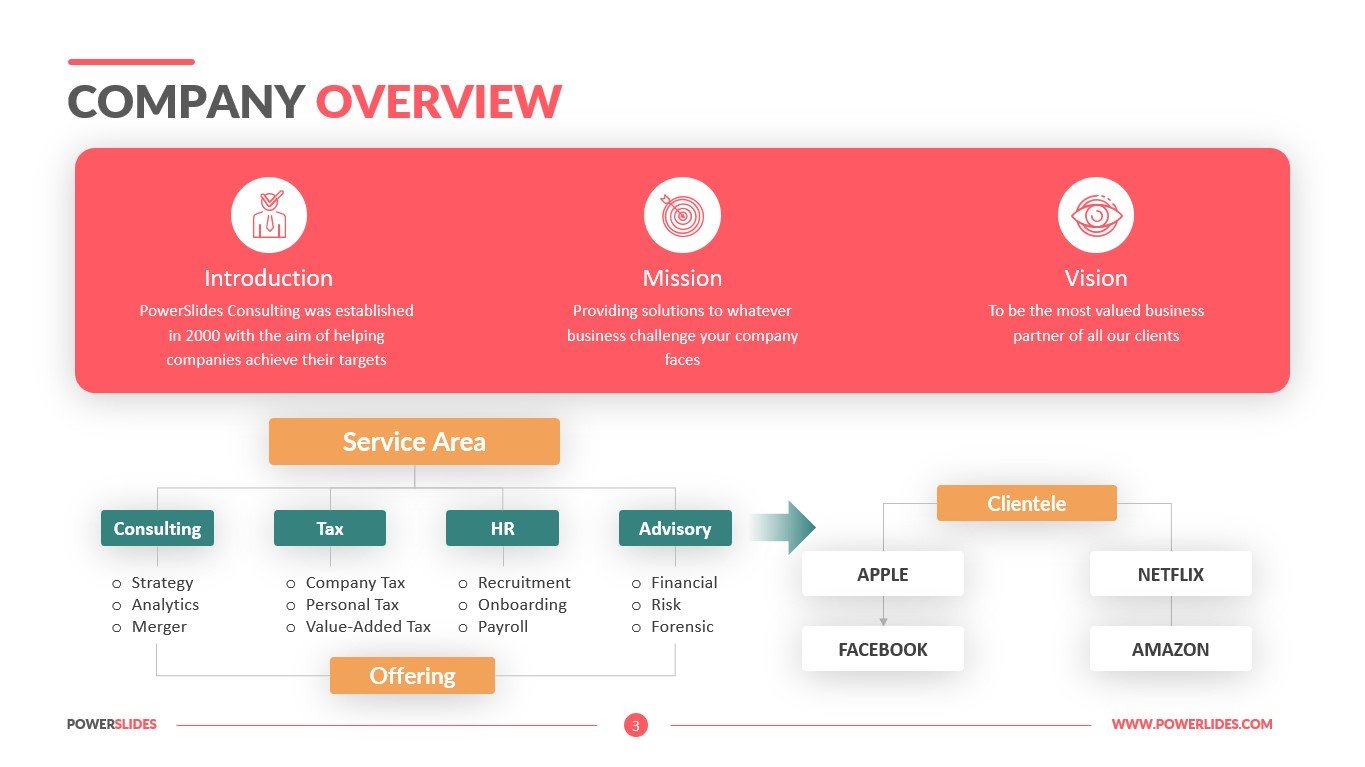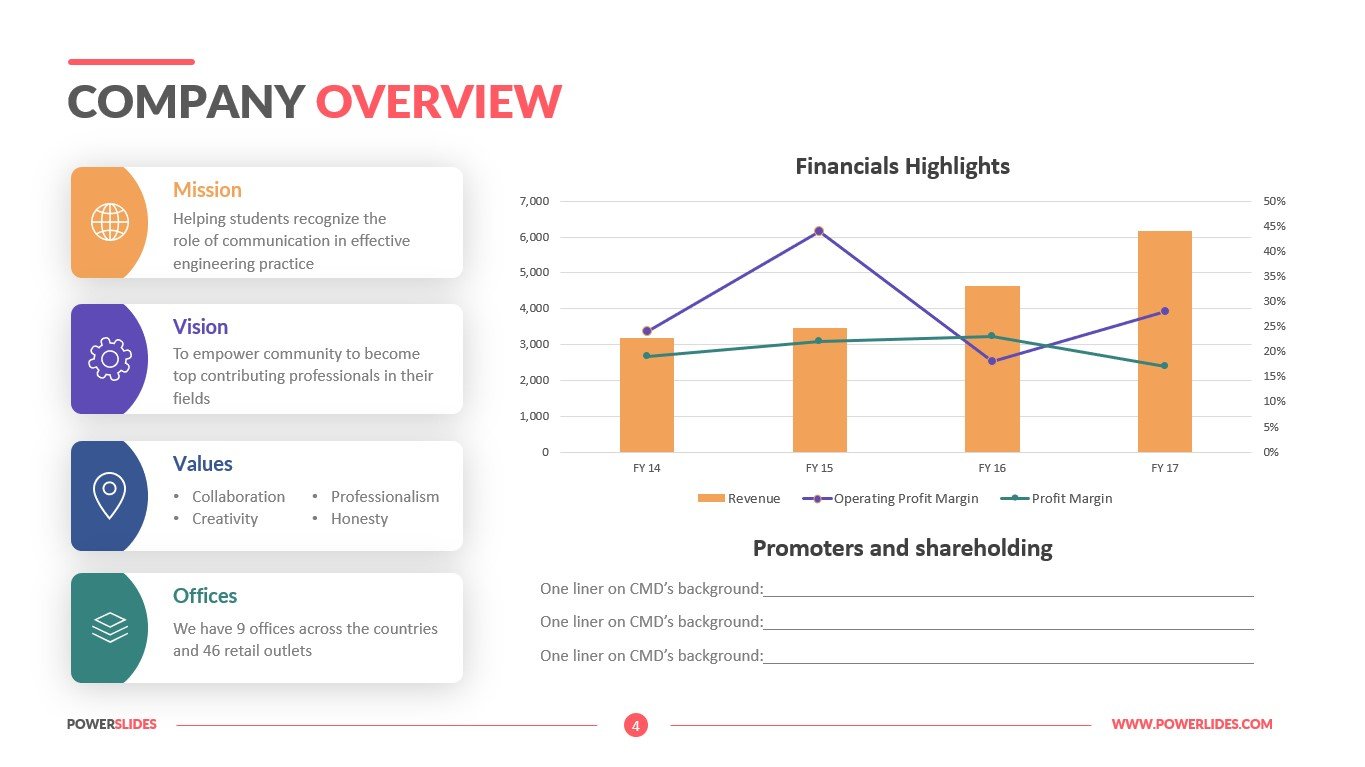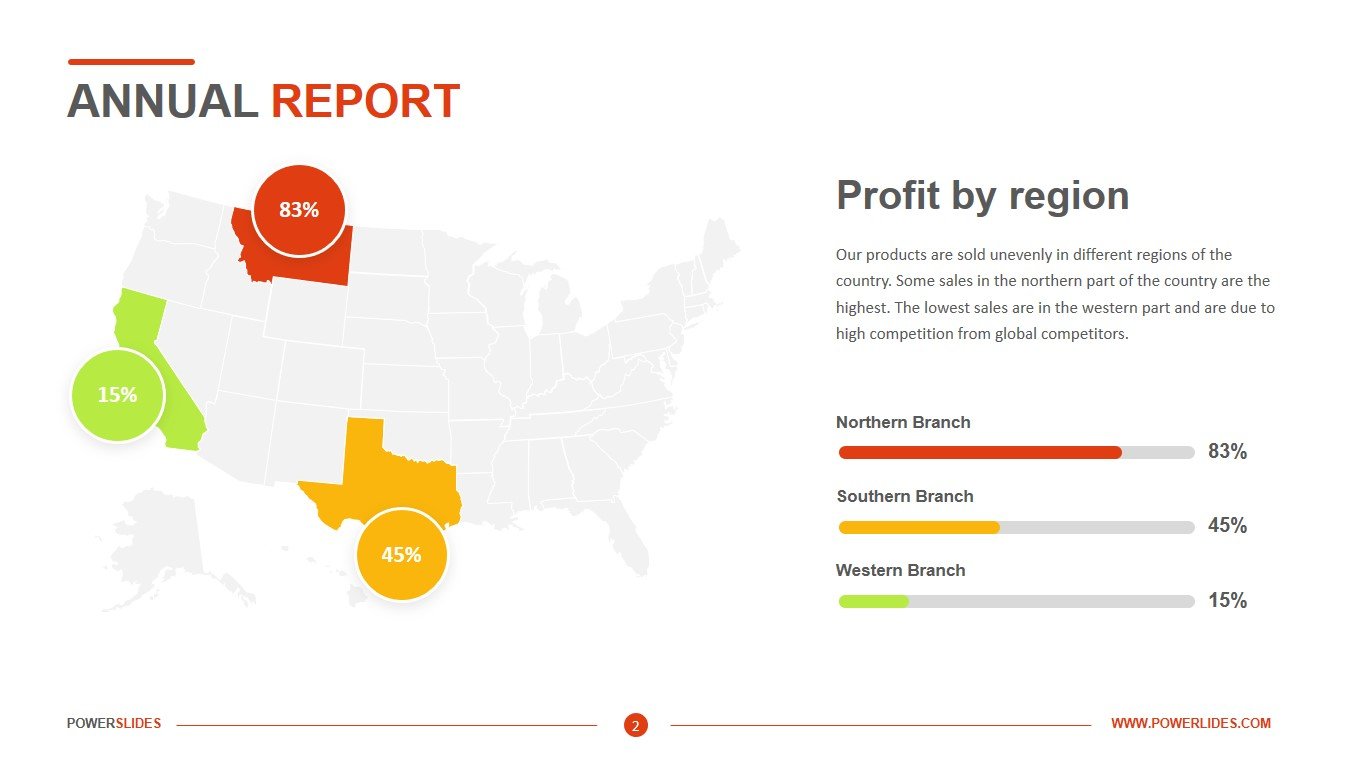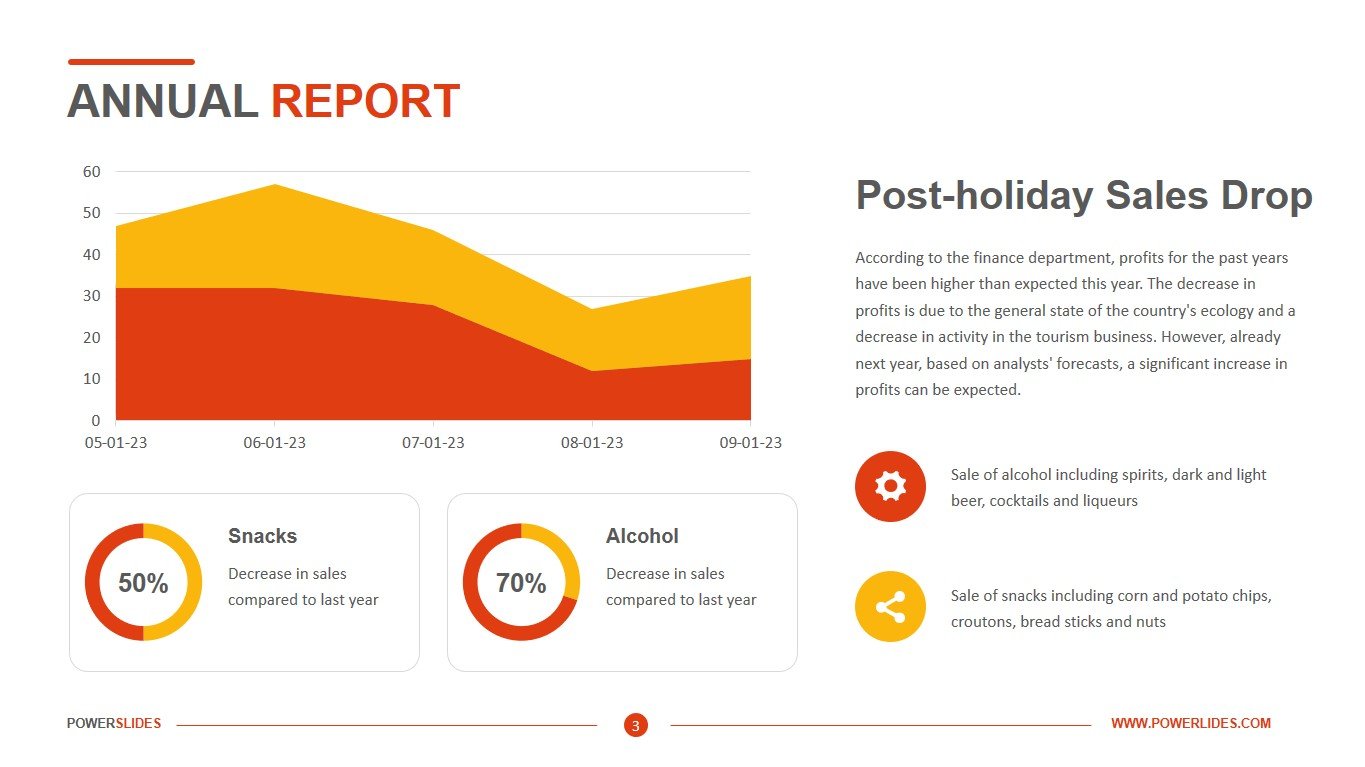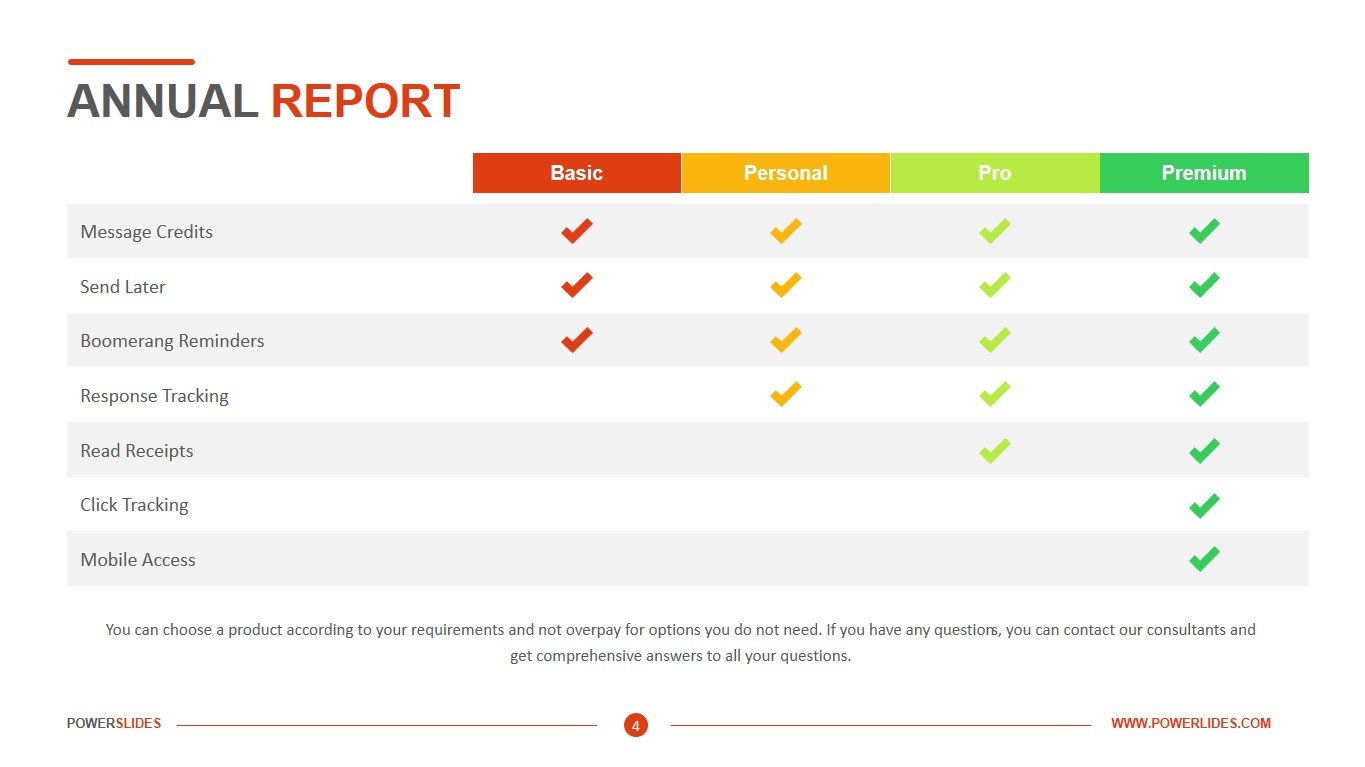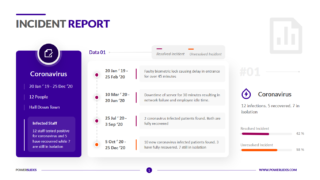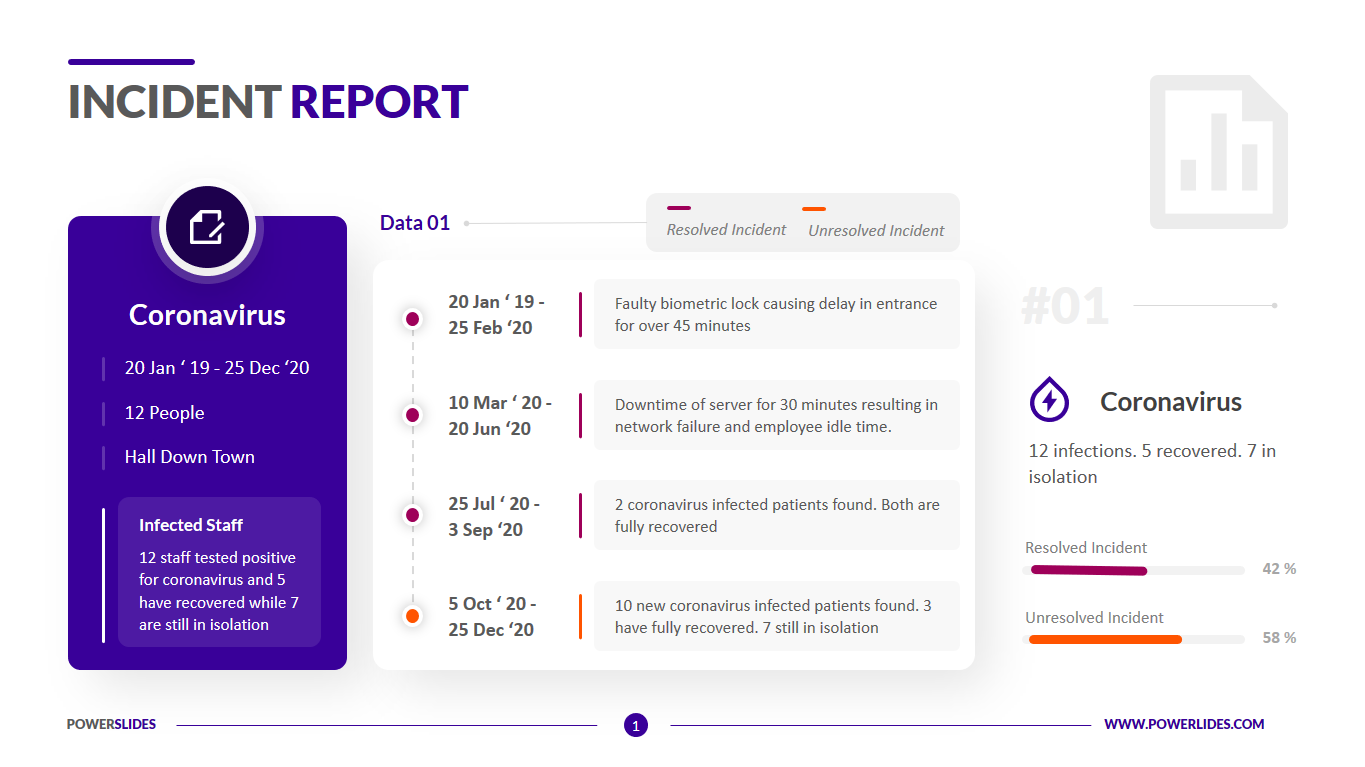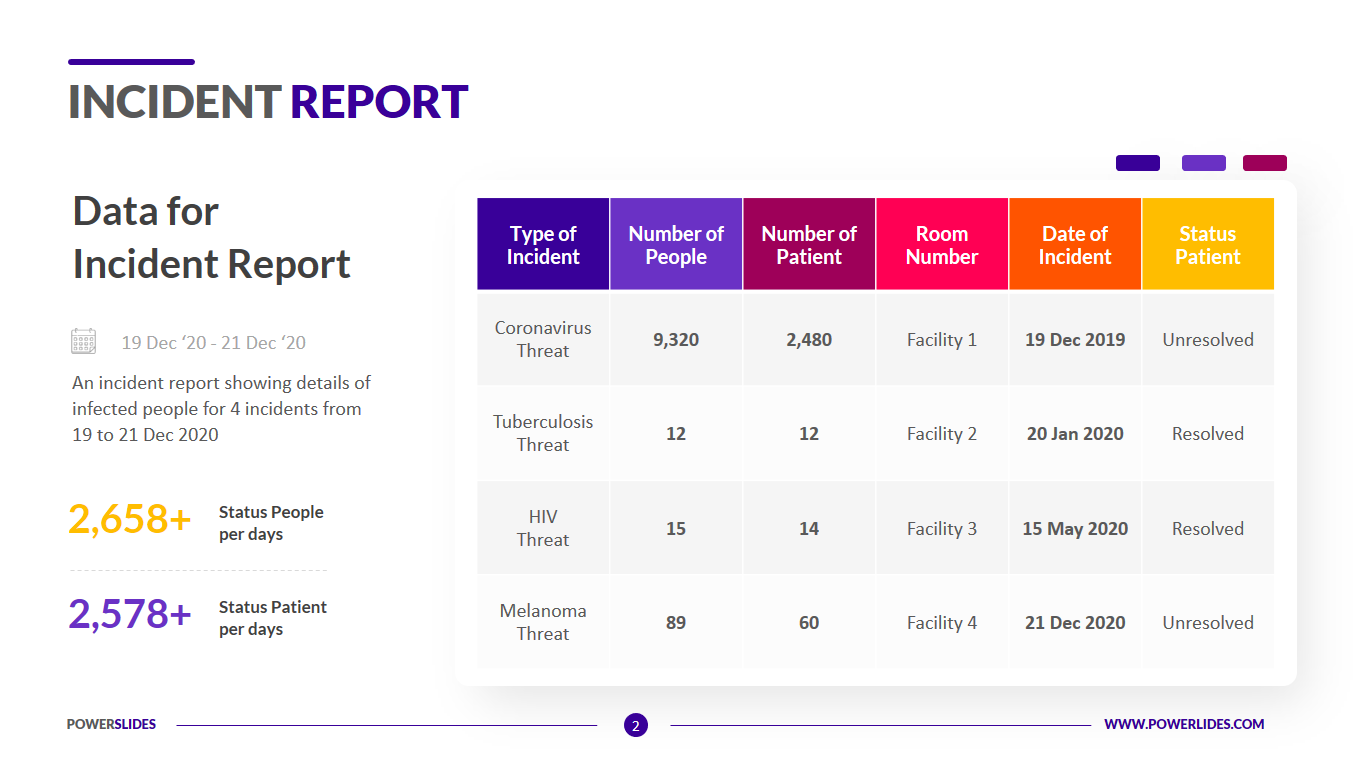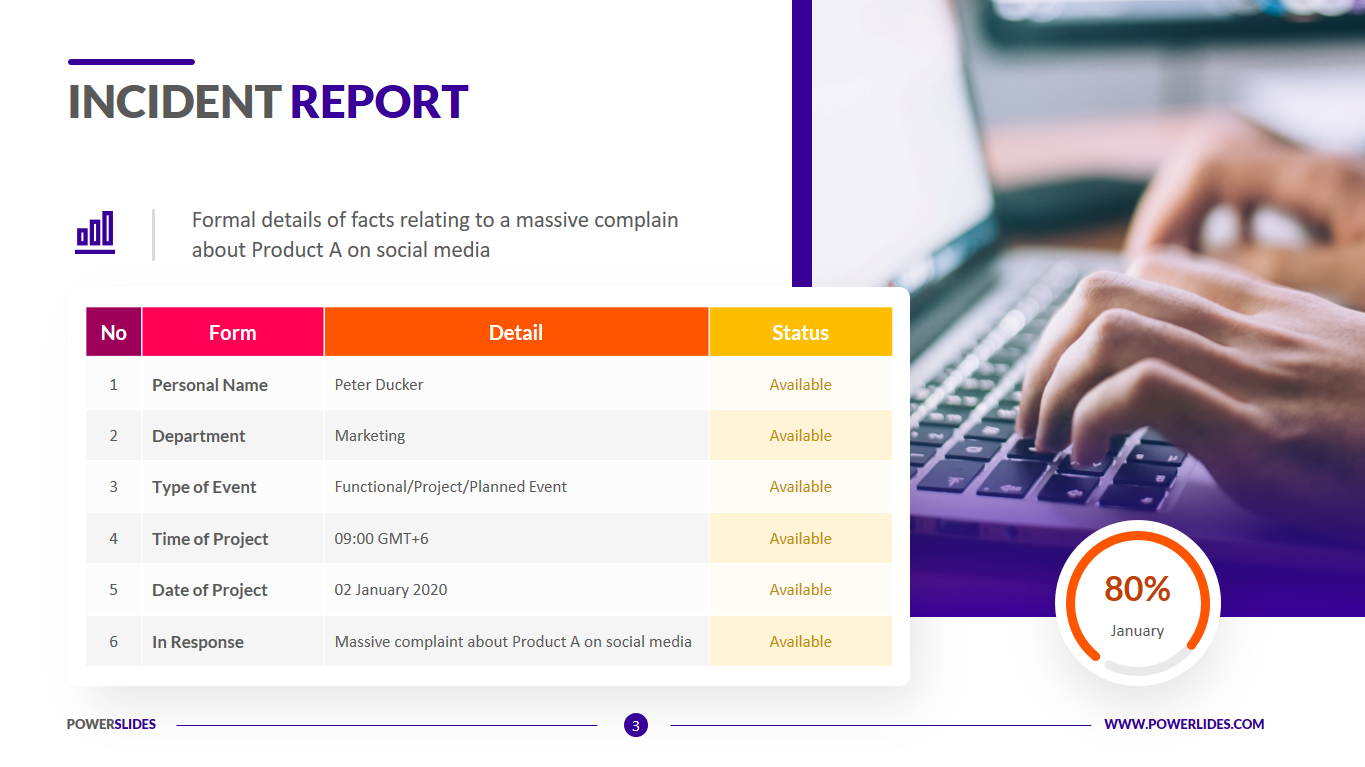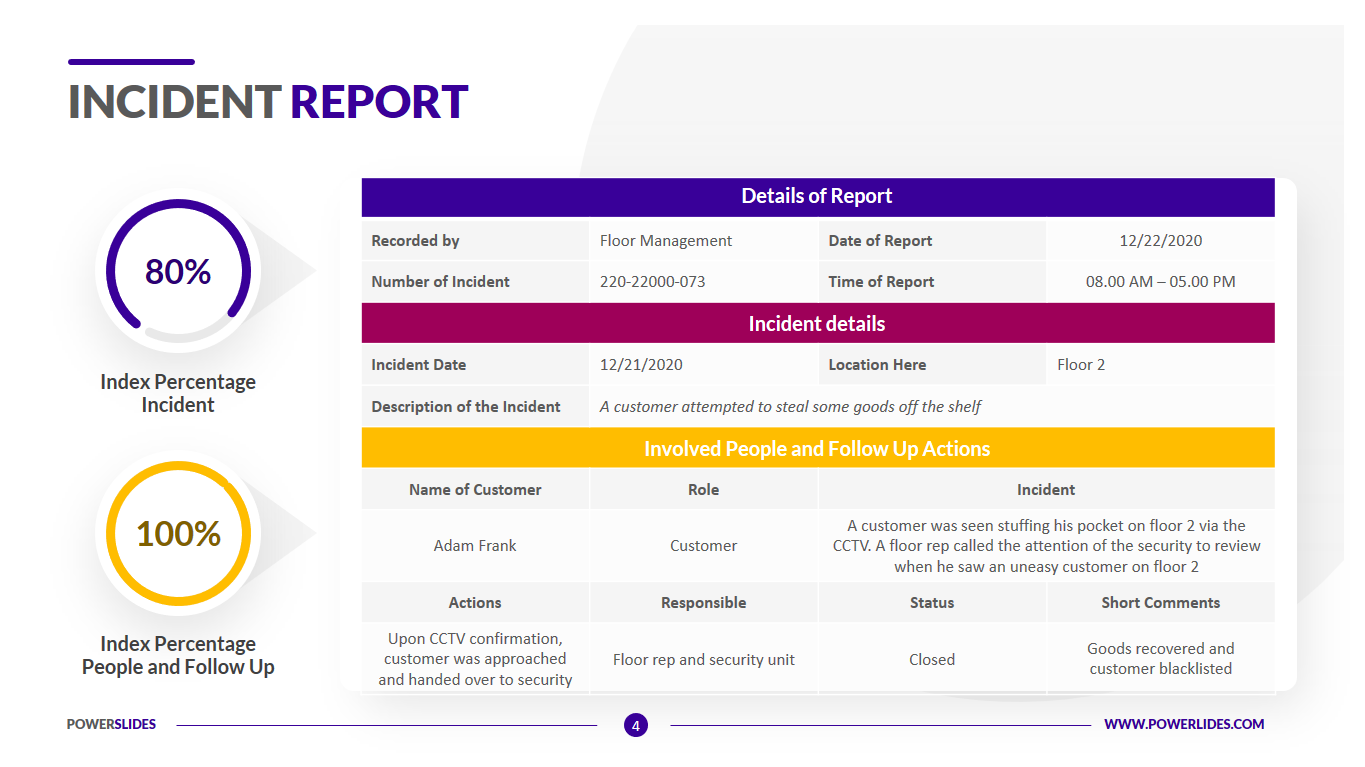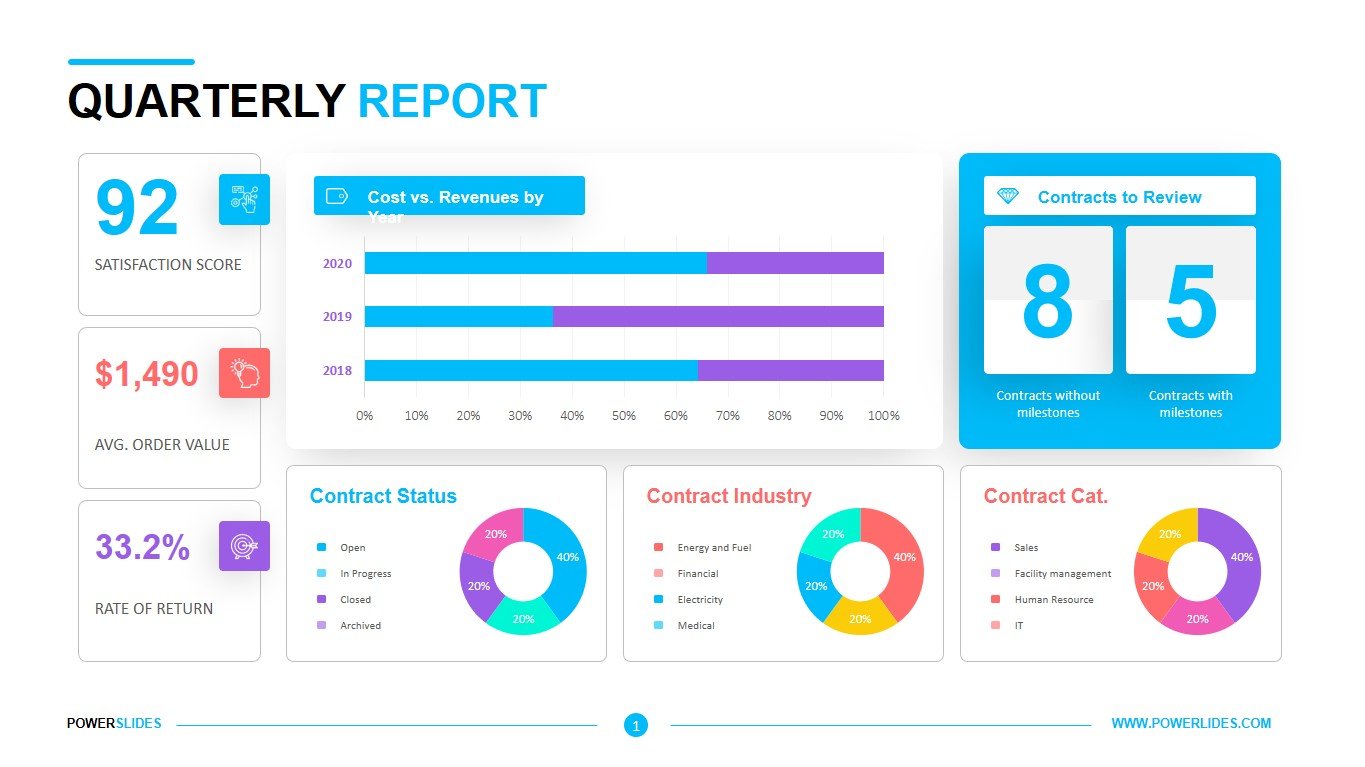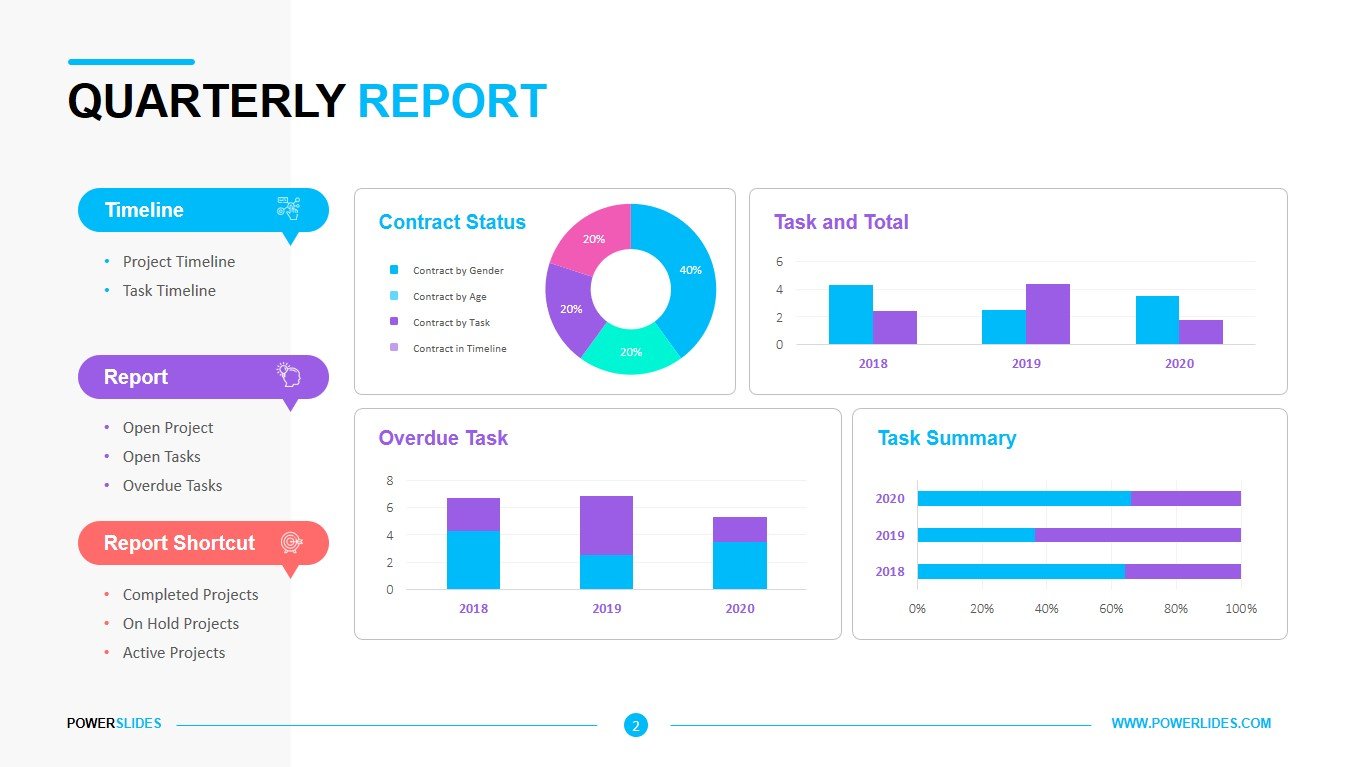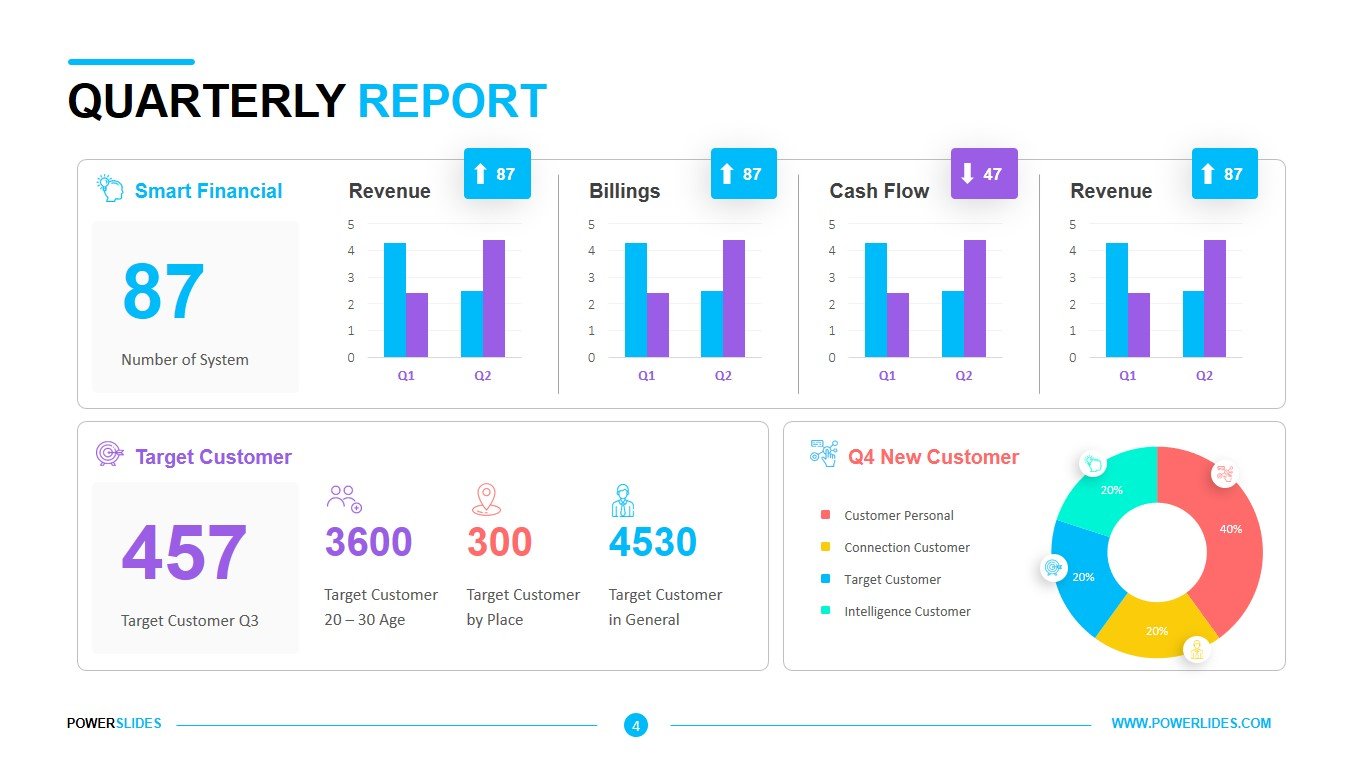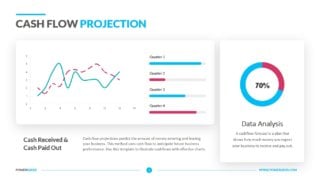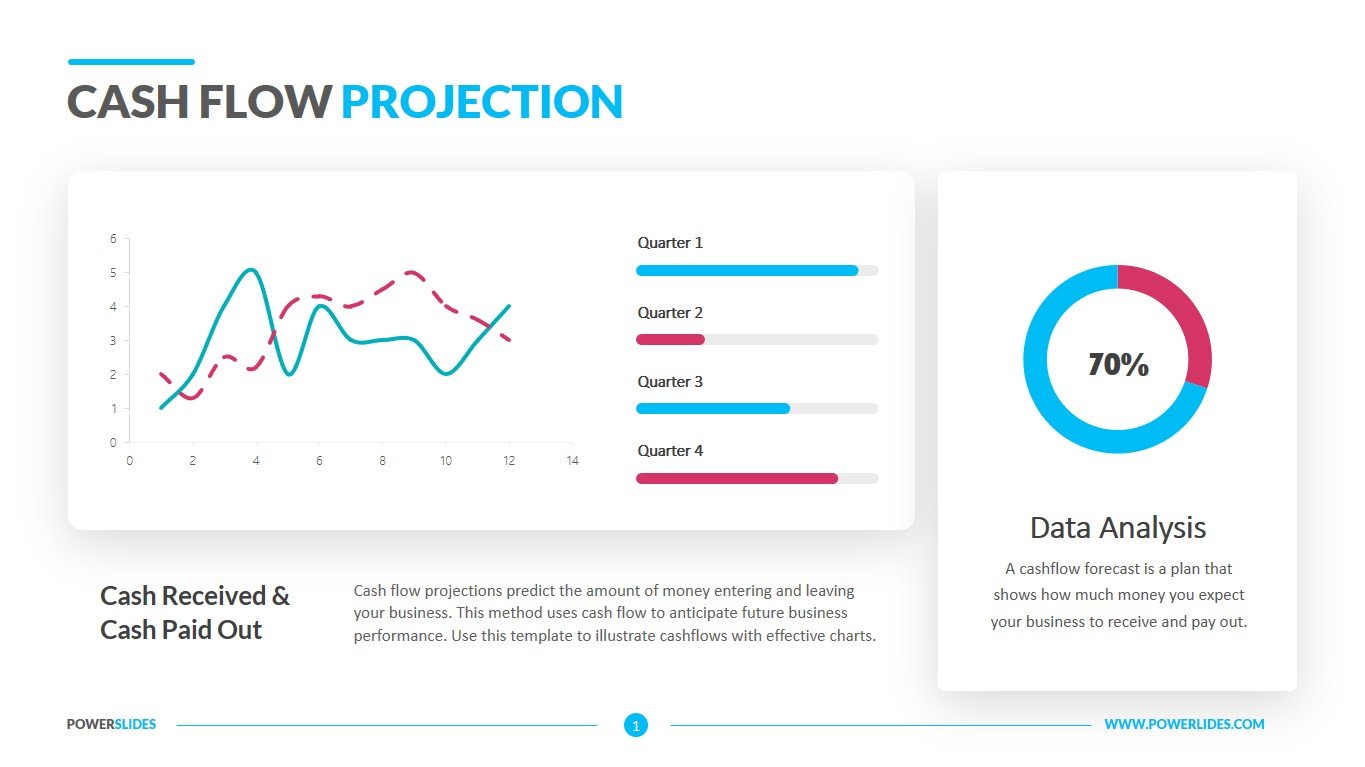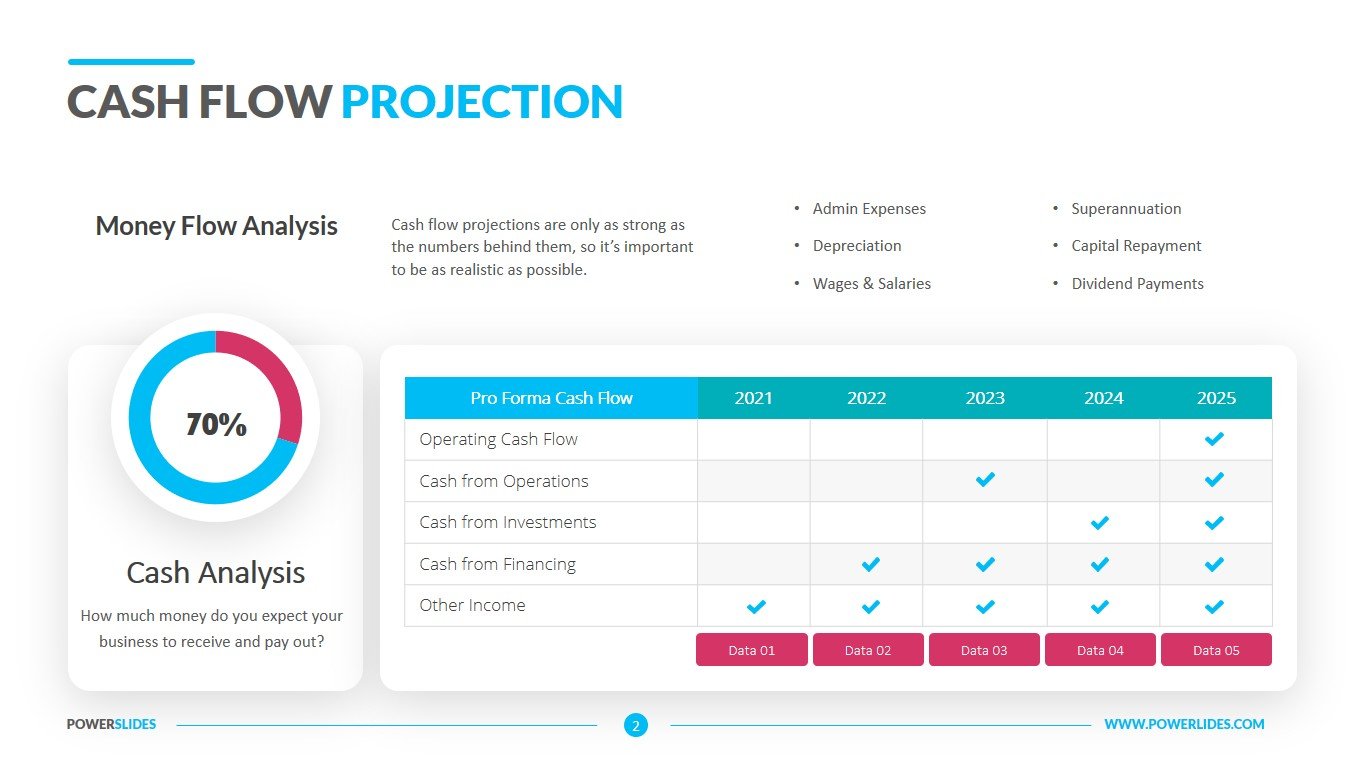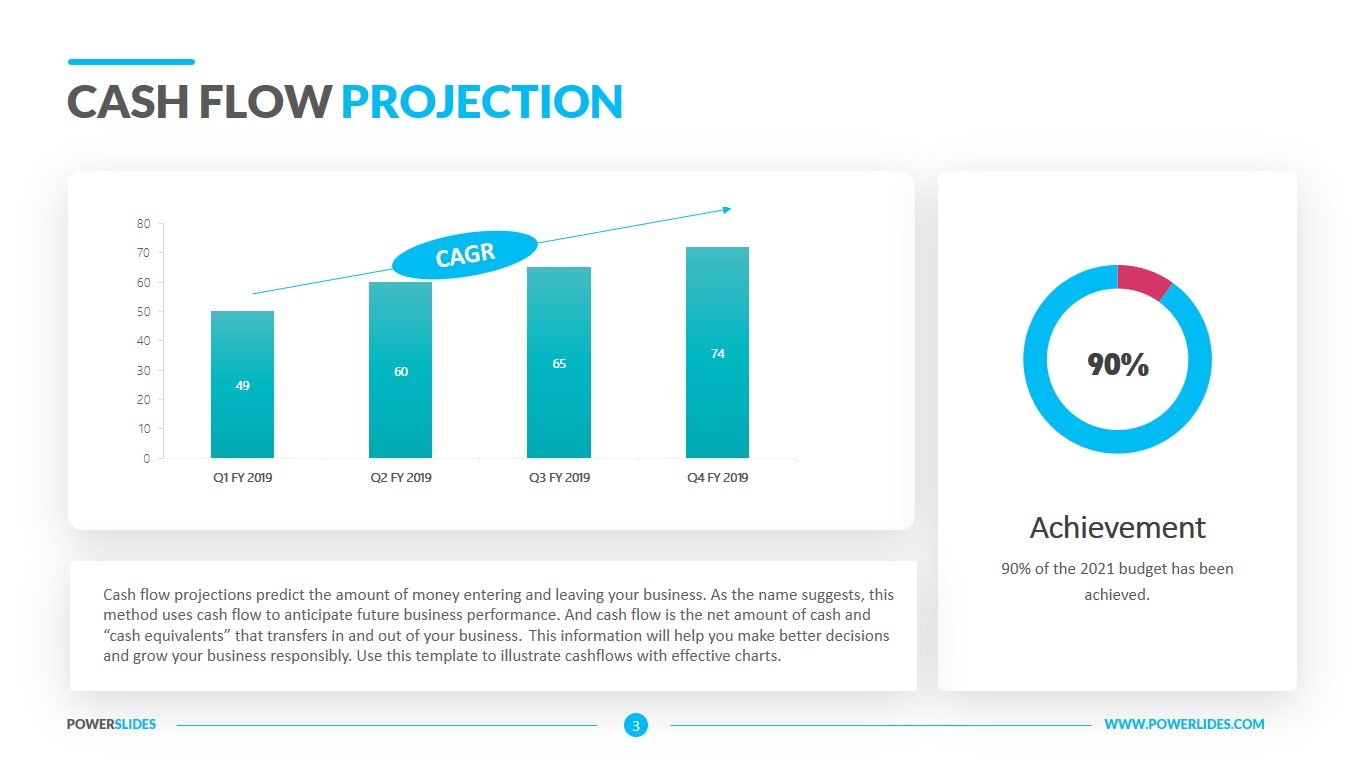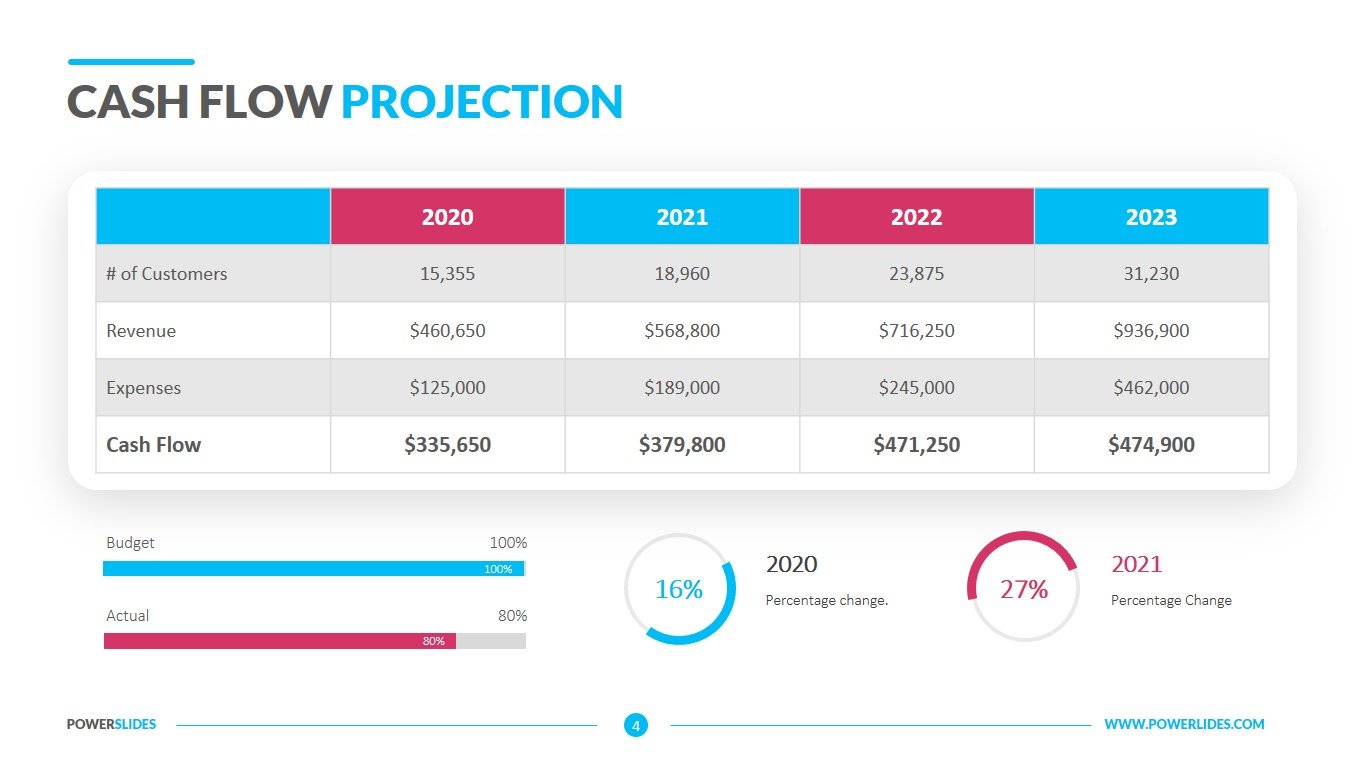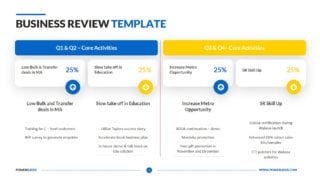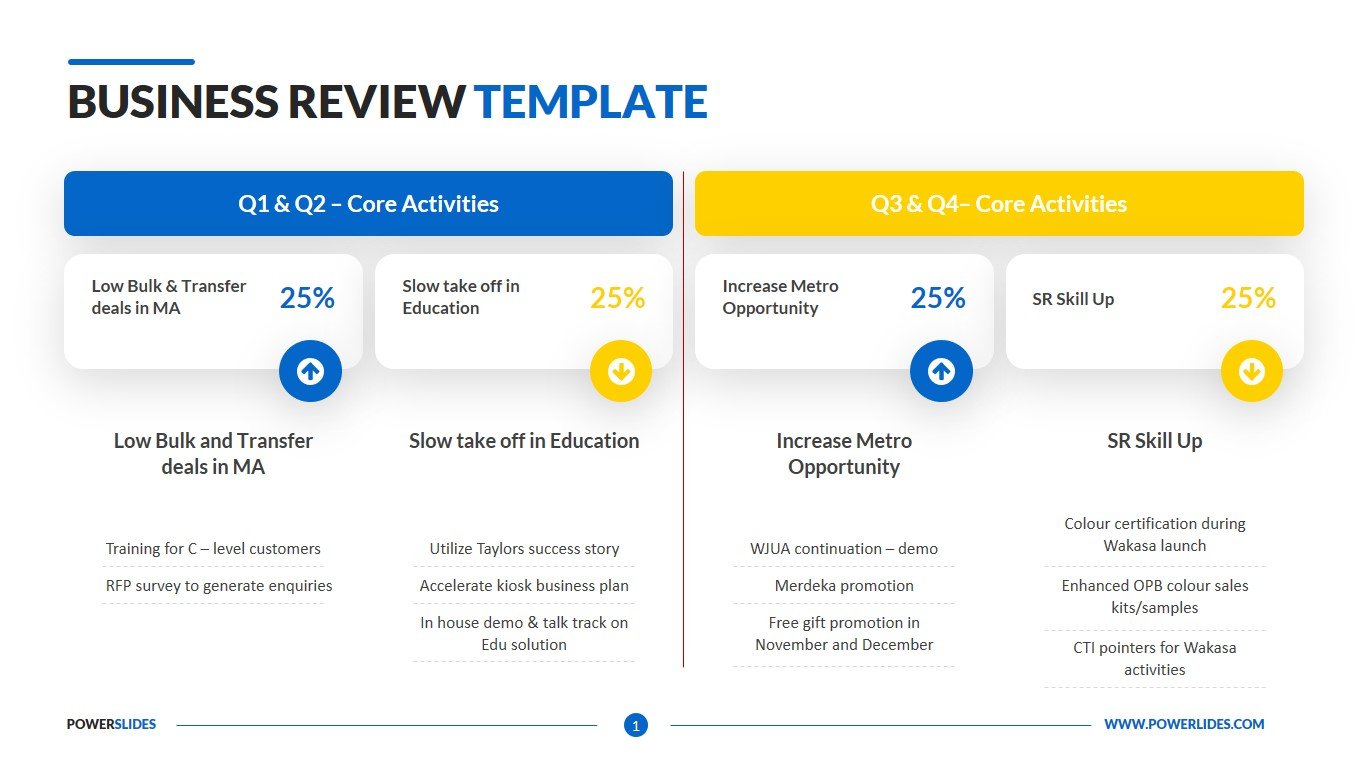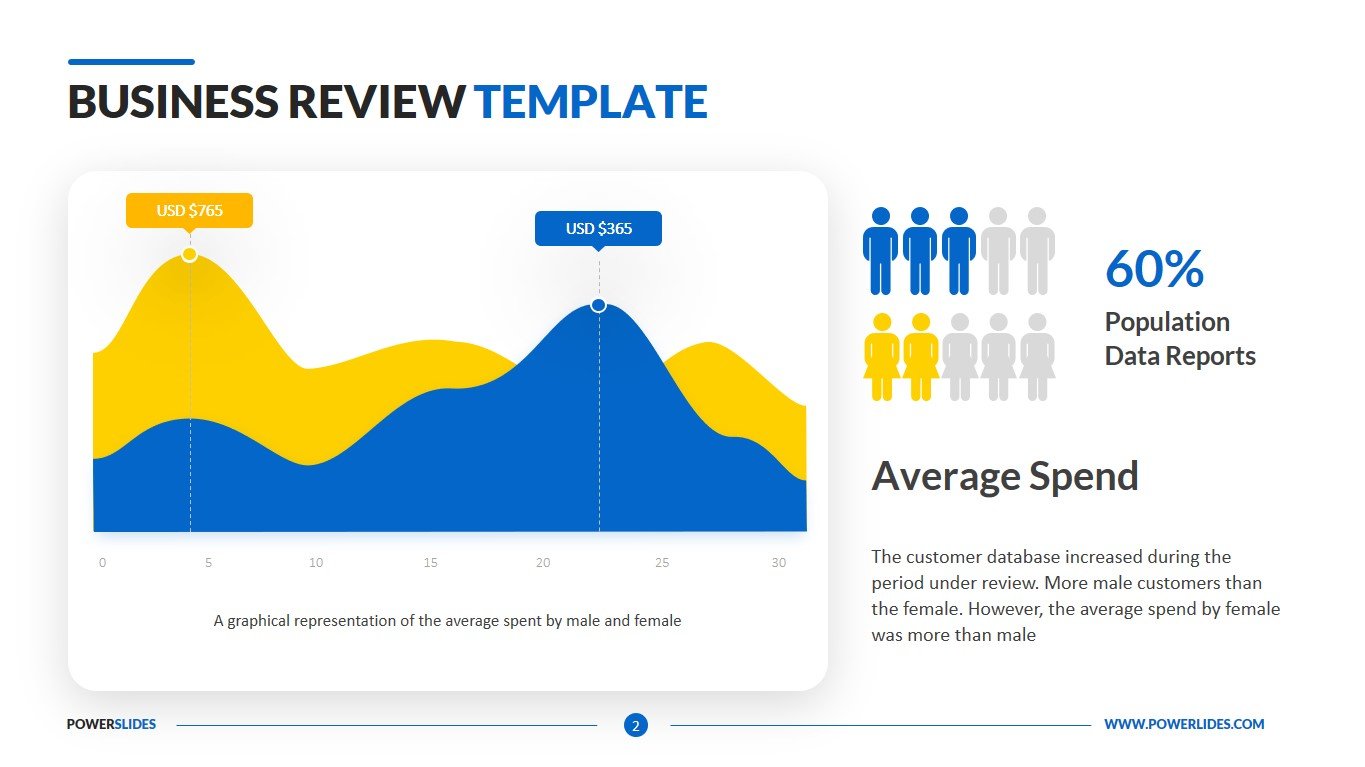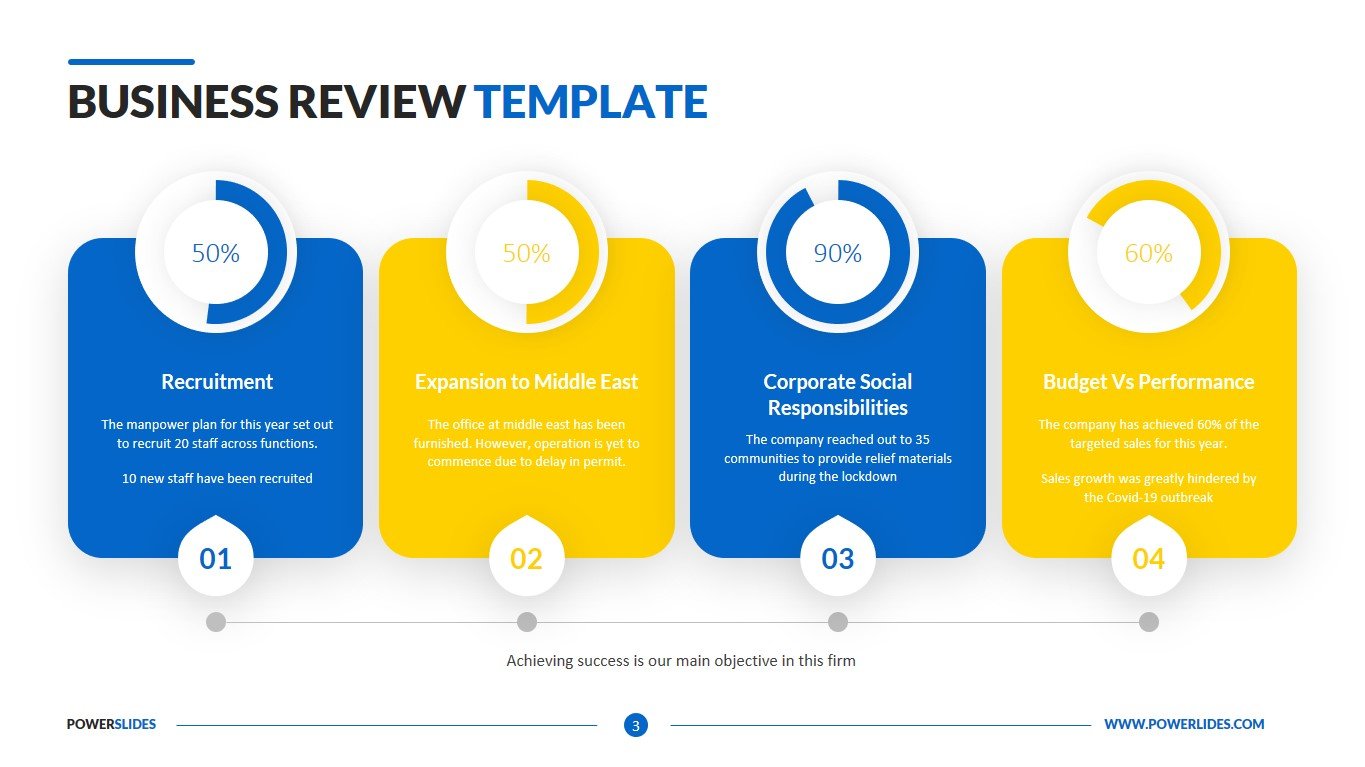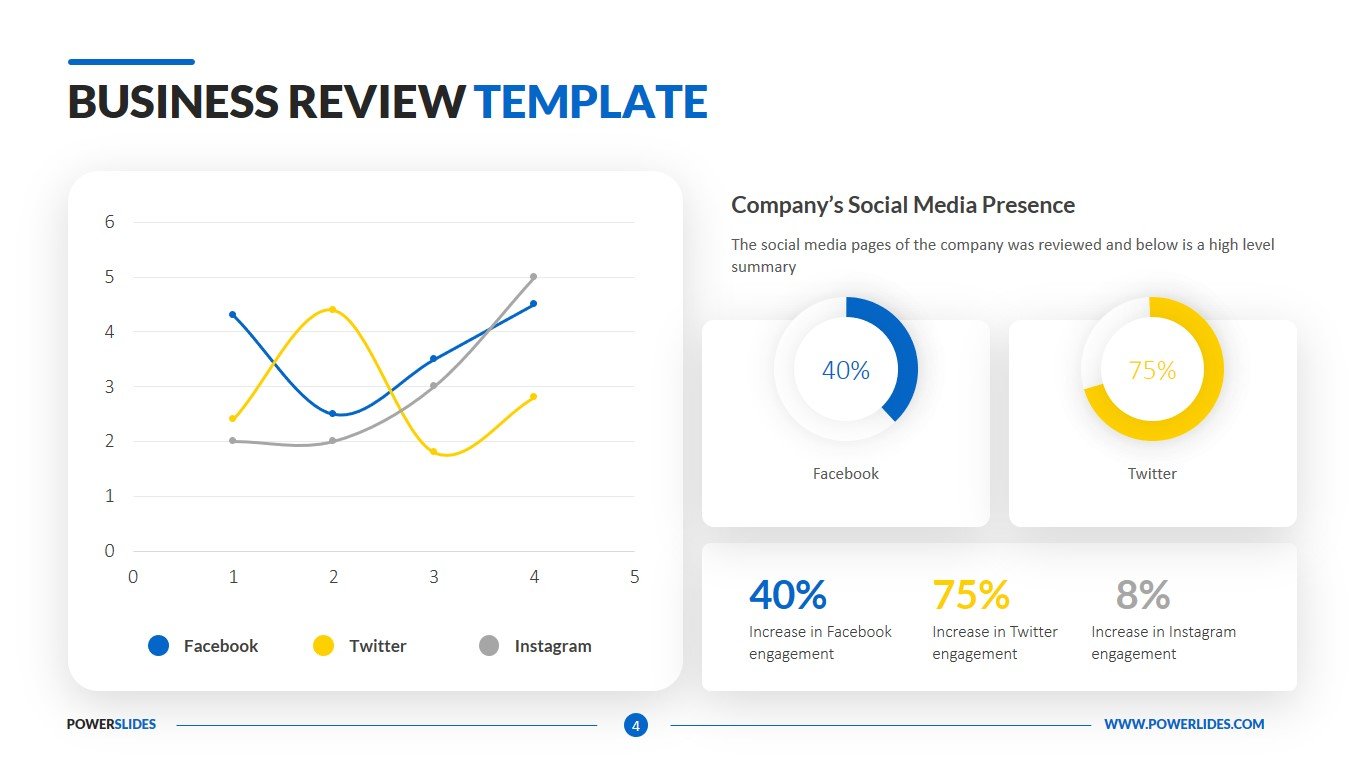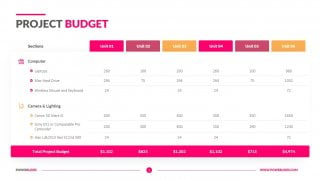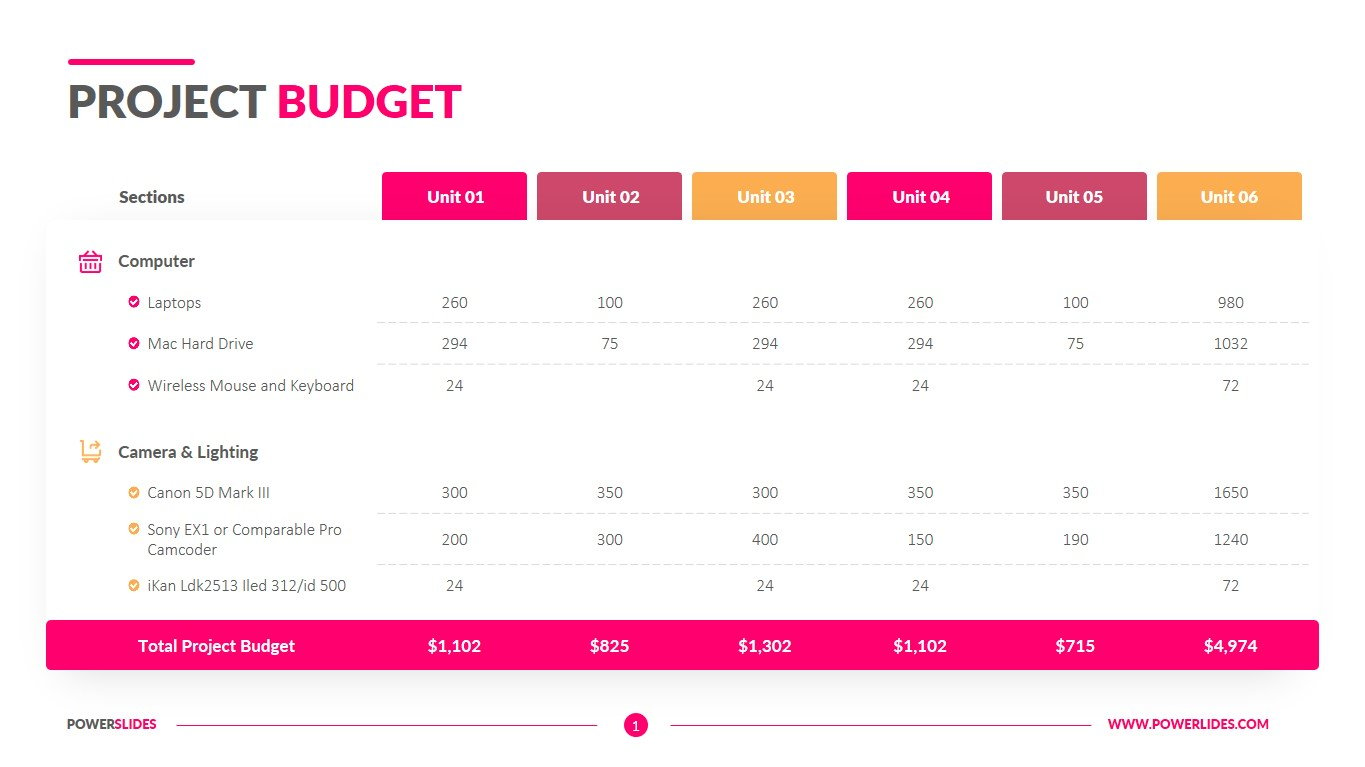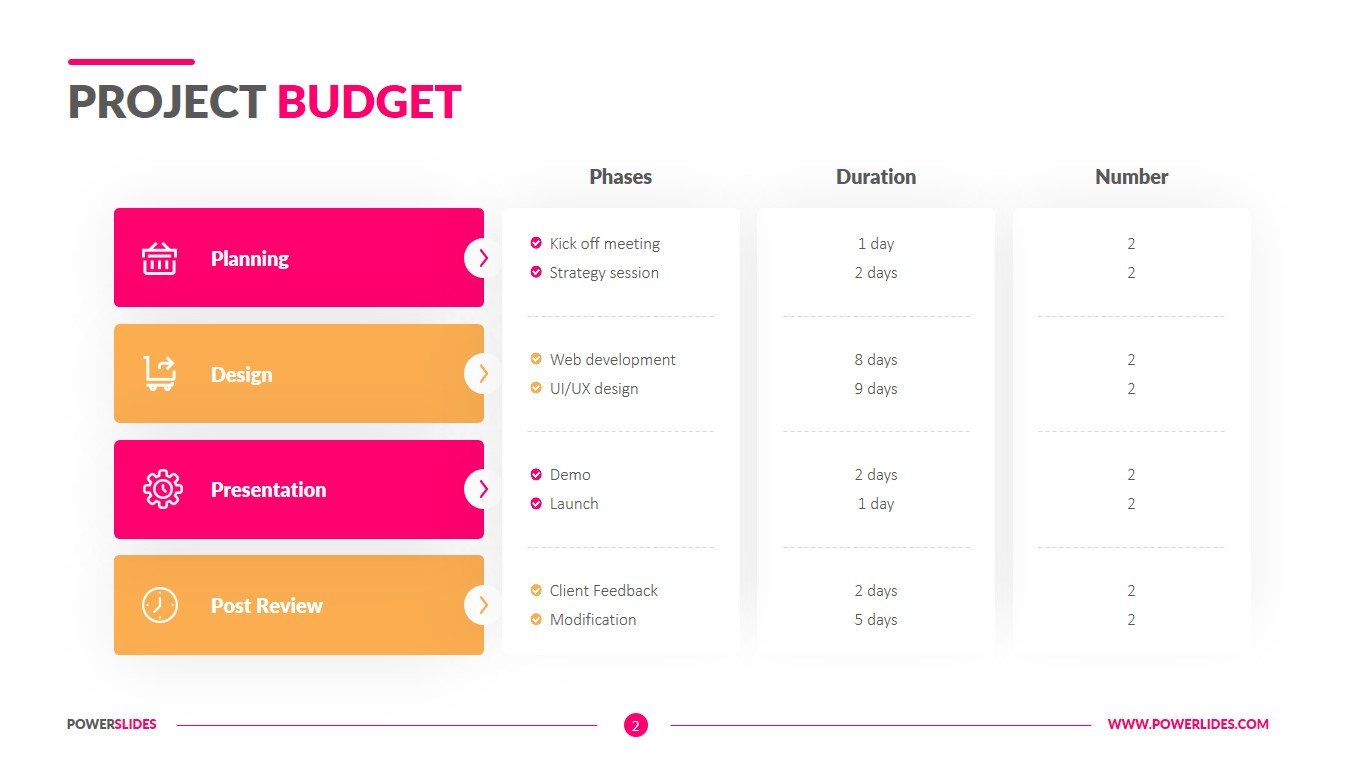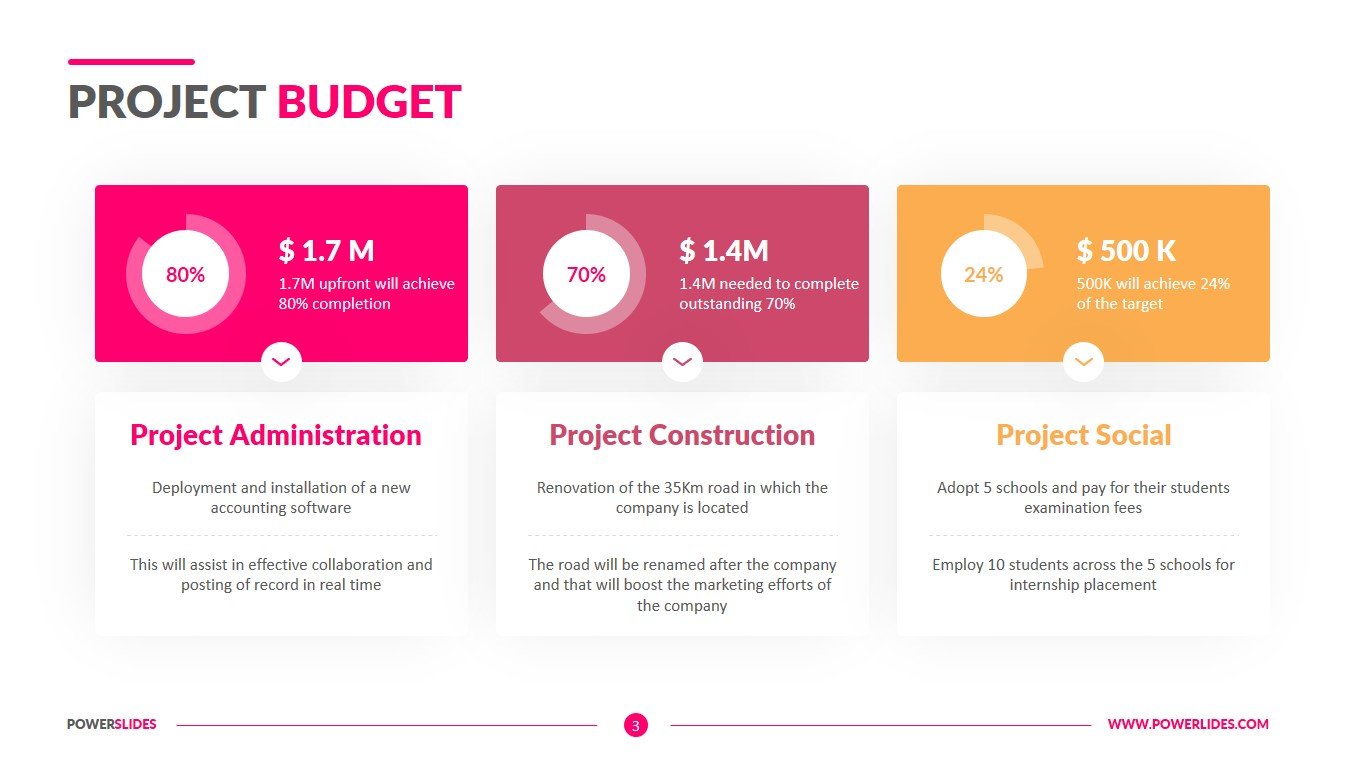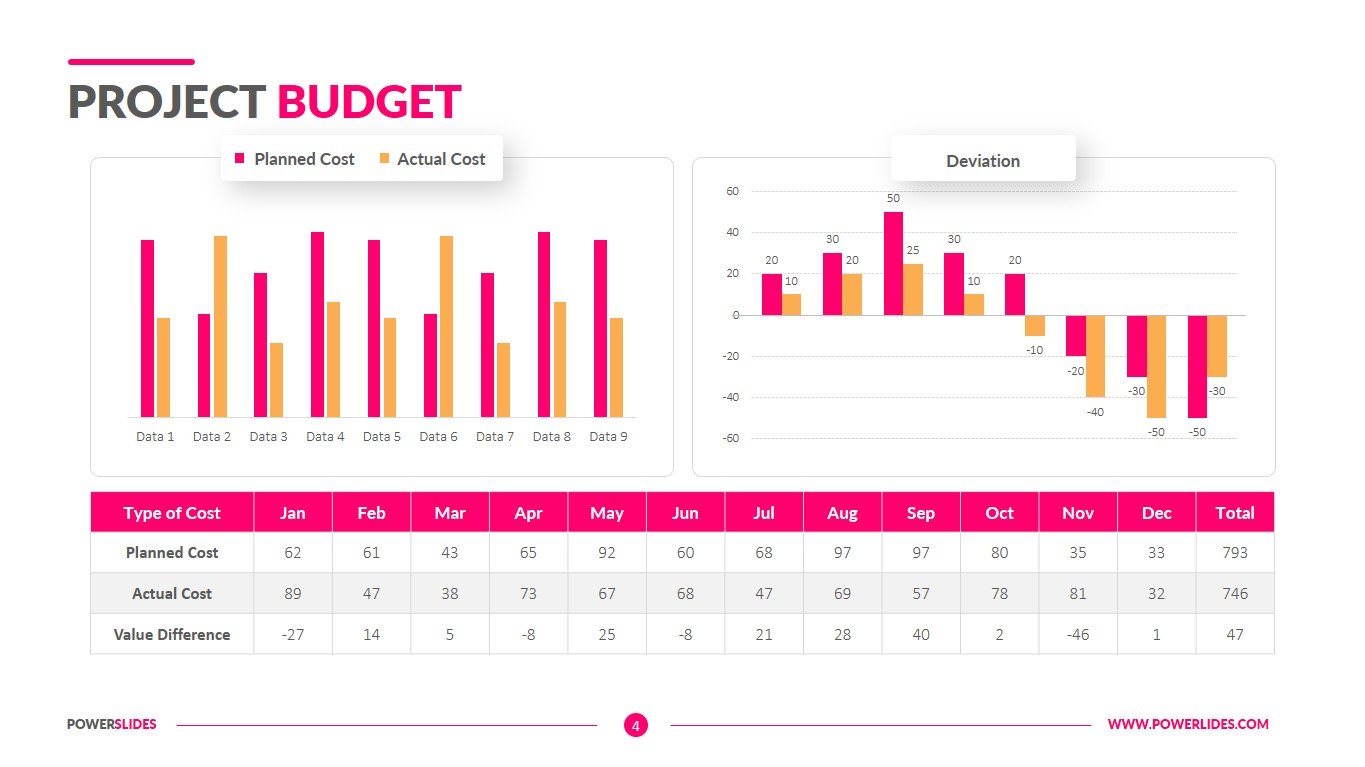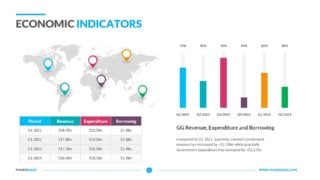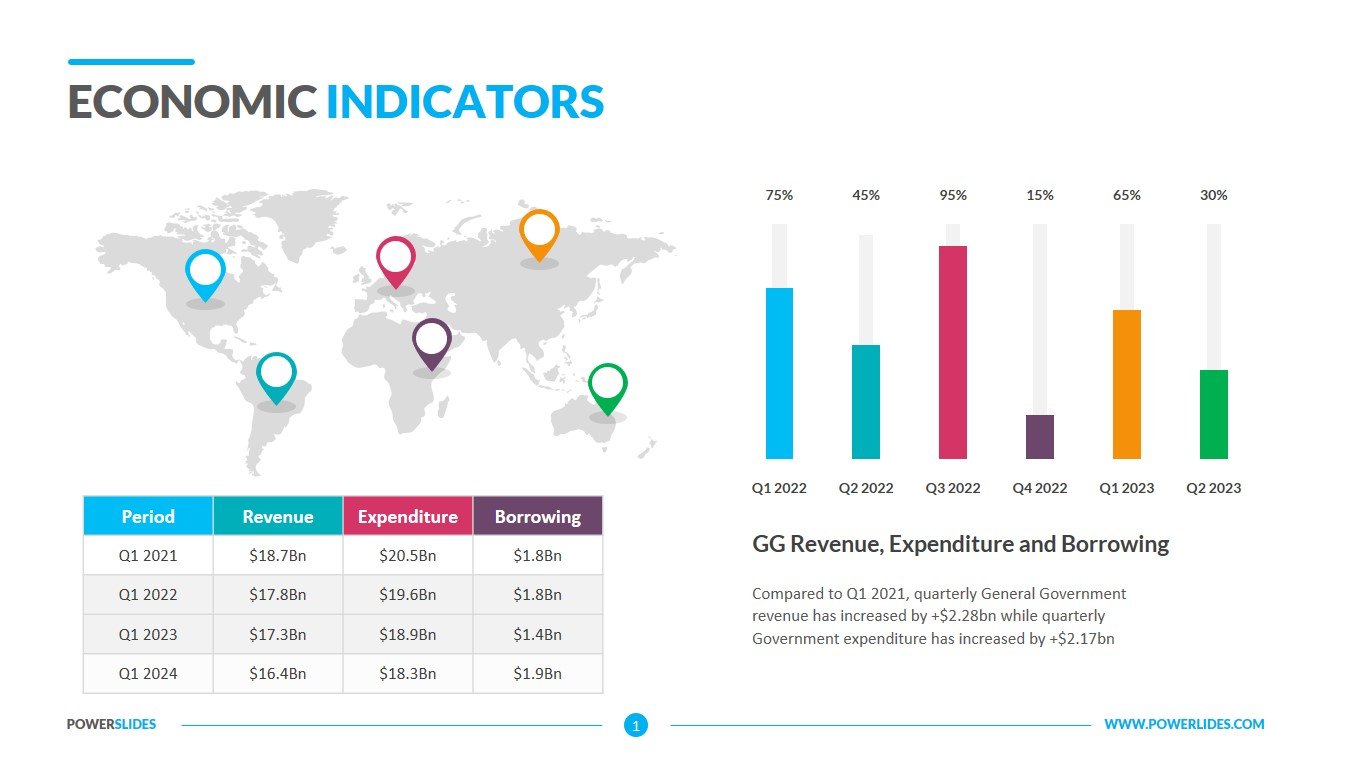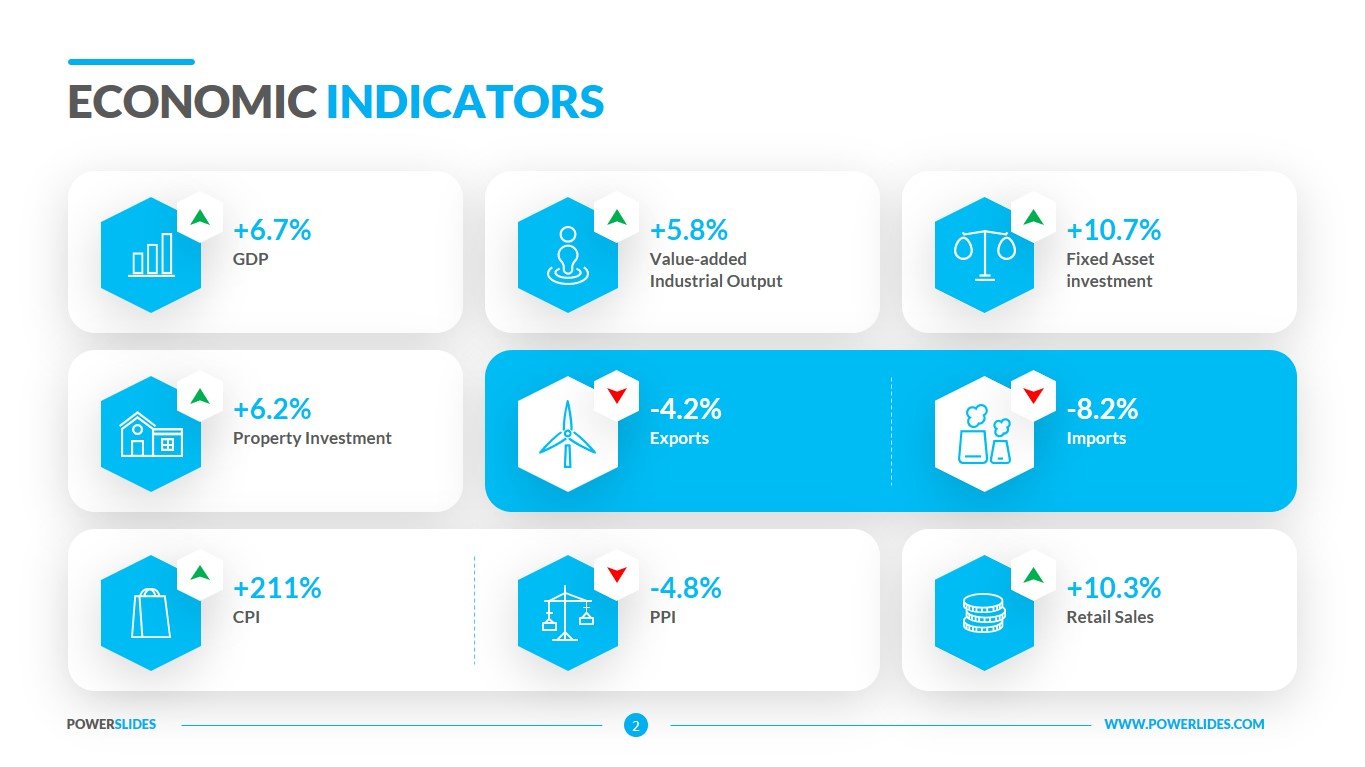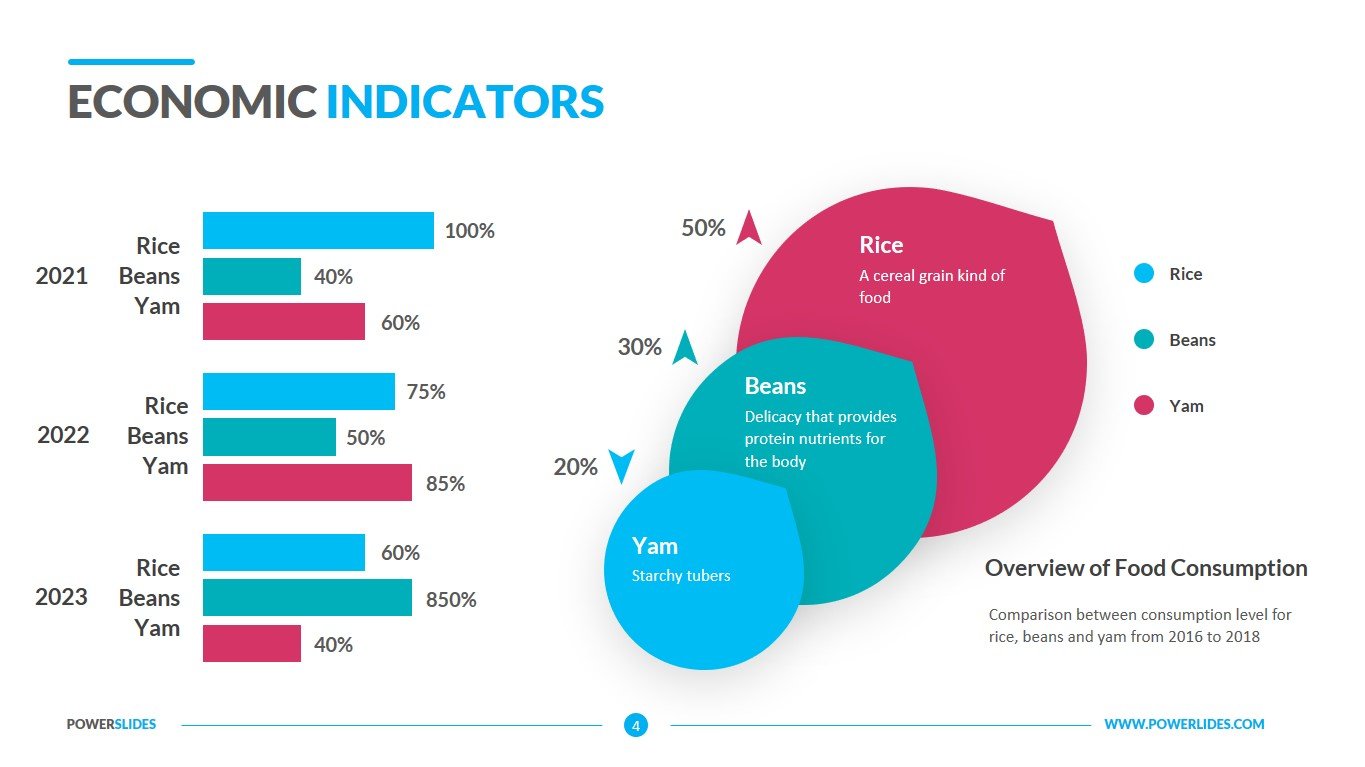Sales Forecast
 4 Slides
4 Slides
 File size: 16:9
File size: 16:9 
 Fonts: Lato Black, Calibri
Fonts: Lato Black, Calibri
 Supported version
PPT 2010, PPT 2013, PPT 2016
Supported version
PPT 2010, PPT 2013, PPT 2016
Product details
Sales forecasting is the process of estimating future revenue by predicting the amount of product or services a sales unit will sell in the next week, month, quarter, or year. At its simplest, a sales forecast is a projected measure of how a market will respond to a company’s go-to-market efforts. It’s hard to overstate how important it is for a company to produce an accurate sales forecast. Privately-held companies gain confidence in their business when leaders are able to trust forecasts. For publicly-traded companies, accurate forecasts confer credibility in the market. Sales forecasting adds value across an organization. Finance, for example, relies on forecasts to develop budgets for capacity plans and hiring. Production uses sales forecasts to plan their cycles. Forecasts help sales ops with territory and quota planning, supply chain with material purchases and production capacity, and sales strategy with channel and partner strategies. Unfortunately, at many companies, these processes stay disconnected, which can produce adverse business outcomes. If information from a sales forecast isn’t shared, for example, product marketing may create demand plans that don’t align with sales quotas or sales attainment levels. This leaves a company with too much inventory, or too little inventory, or inaccurate sales targets — all mistakes that hurt the bottom line. Committing to regular, quality sales forecasting can help avoid such expensive mistakes. To create an accurate sales forecast, follow these five steps – Assess historical trends, Incorporate changes, Anticipate market trends, Monitor competitors, Include business plans. Improving the accuracy of your sales forecasts and the efficiency of the forecast process depends on multiple factors, including strong organizational coordination, automation, reliable data, and analytics-based methodologies.
The first slide of the template contains a stylized monthly sales forecast graph. Part of the graph is drawn as a dotted line that shows the planned sales. This slide can be used by sales managers when discussing a production plan with a production manager and a warehouse manager. By understanding the planned sales, they will be able to determine the sufficiency of the stock of goods in the warehouse and determine the modes of production. The next slide presents the sales forecast for the years. This slide will be helpful in preparing the overall budget for the company. Understanding the needs of the sales department for the product, production can calculate the required operating modes. The warehouse manager will decide on the storage space. If necessary, it will be possible to rent out excess space or start looking for additional space in case of shortage. This information will also help the director of logistics to determine the need for transport. Based on the forecast of the sales department, the budgets of the remaining departments will be developed. The next slide gives you the opportunity to make a sales forecast for several years ahead. This slide is useful when preparing for strategic planning. The last slide is for quarterly sales forecasts. Sales managers can provide information on three products. The Sales Forecast template will be a worthy addition to your collection of professional templates.






